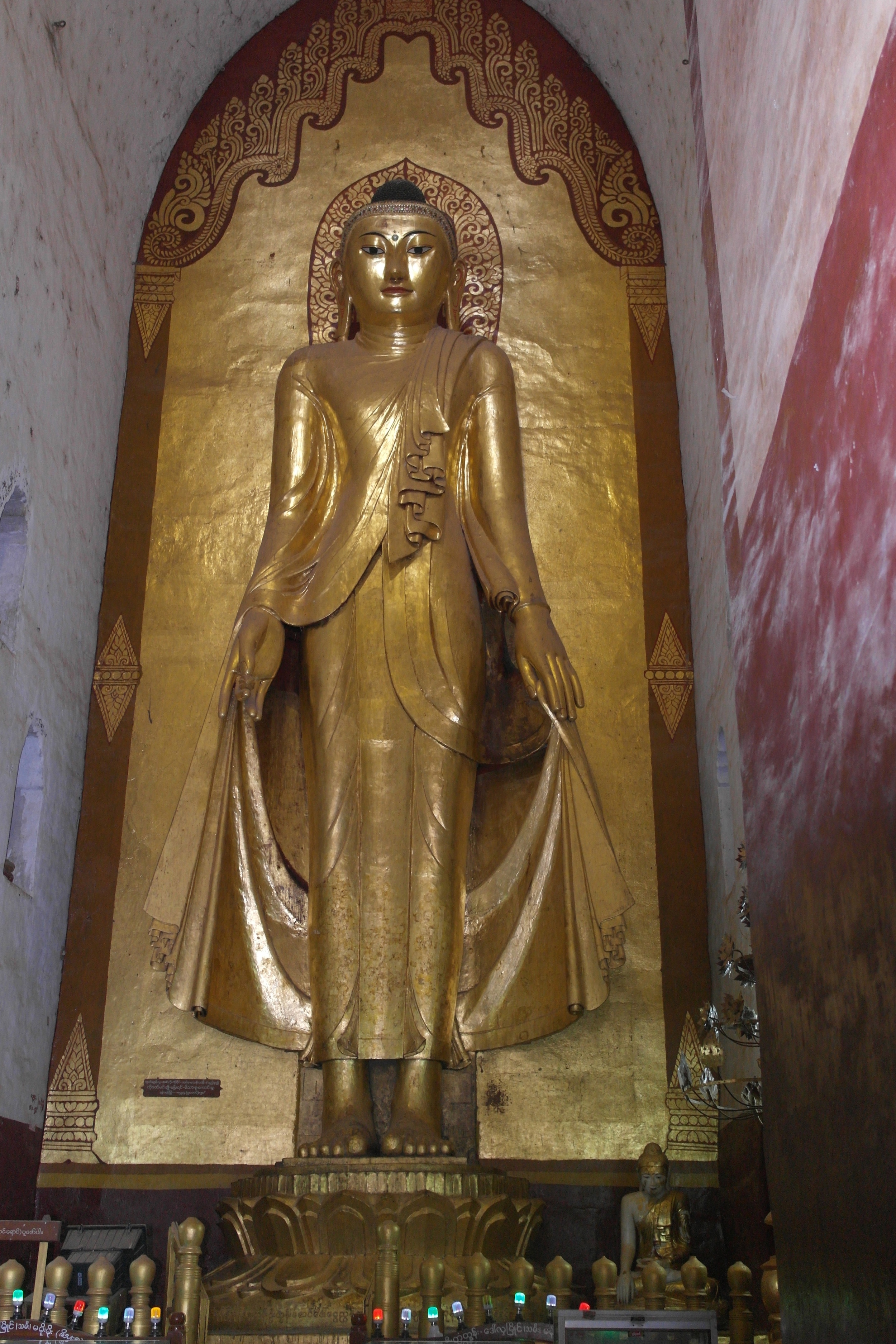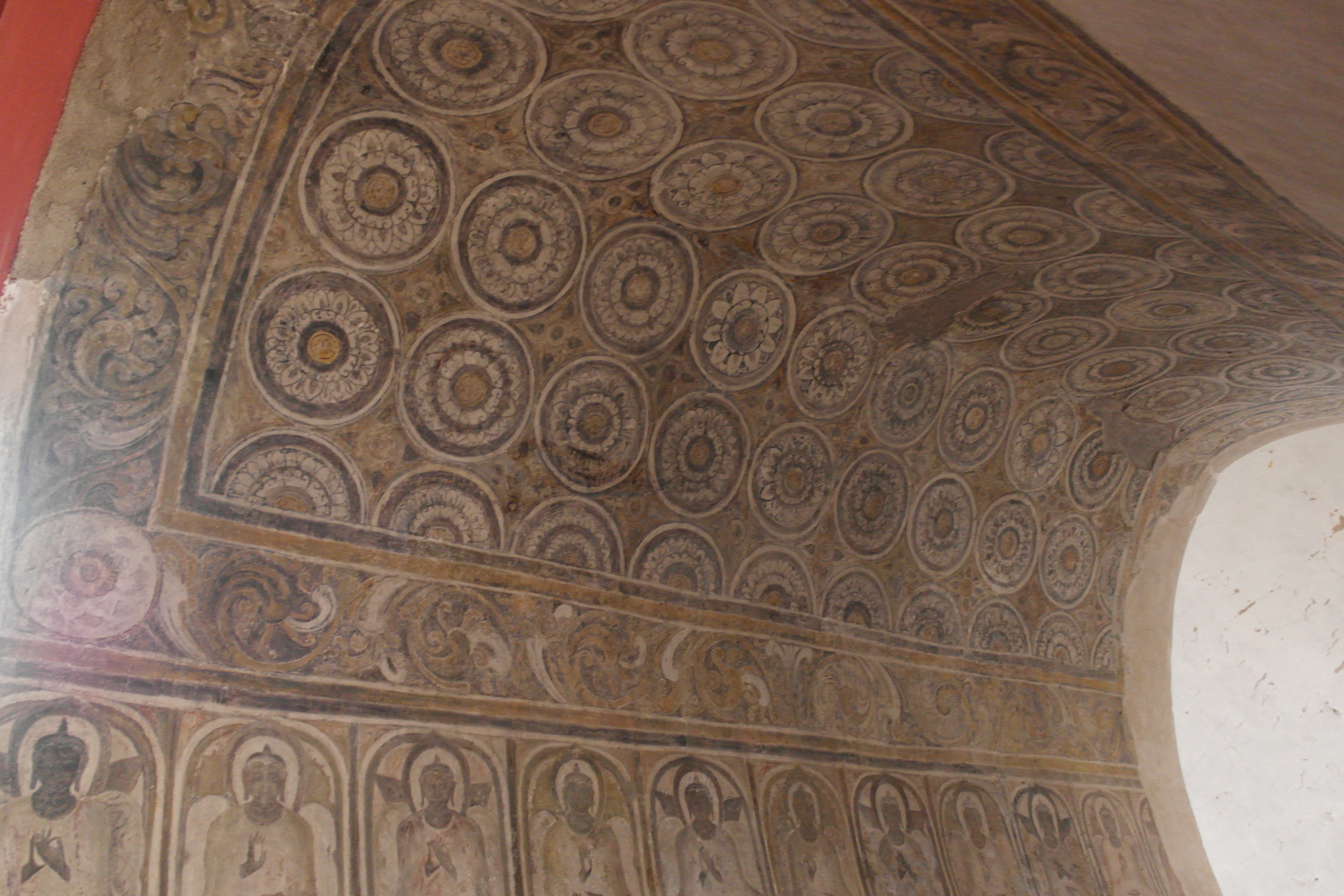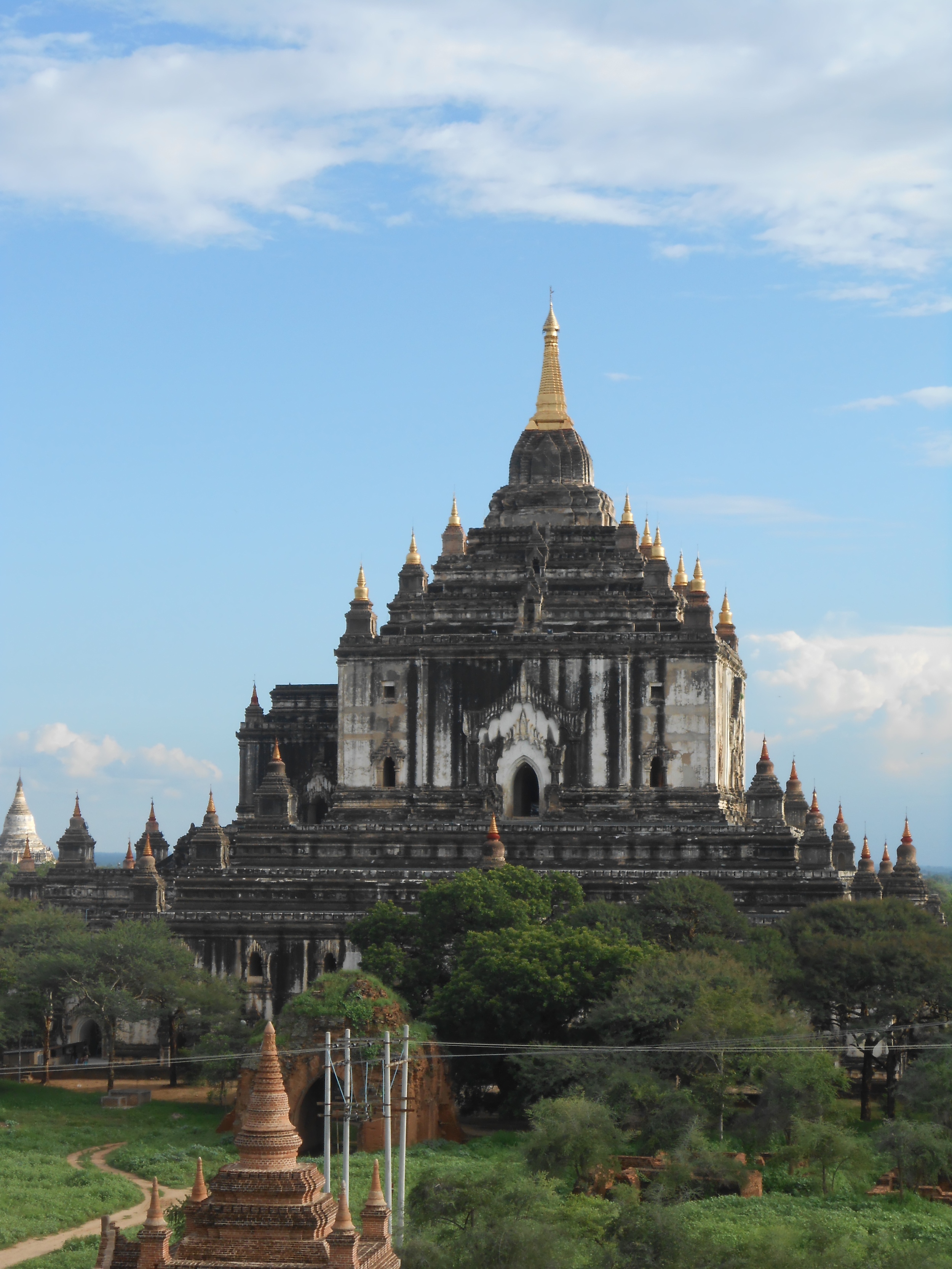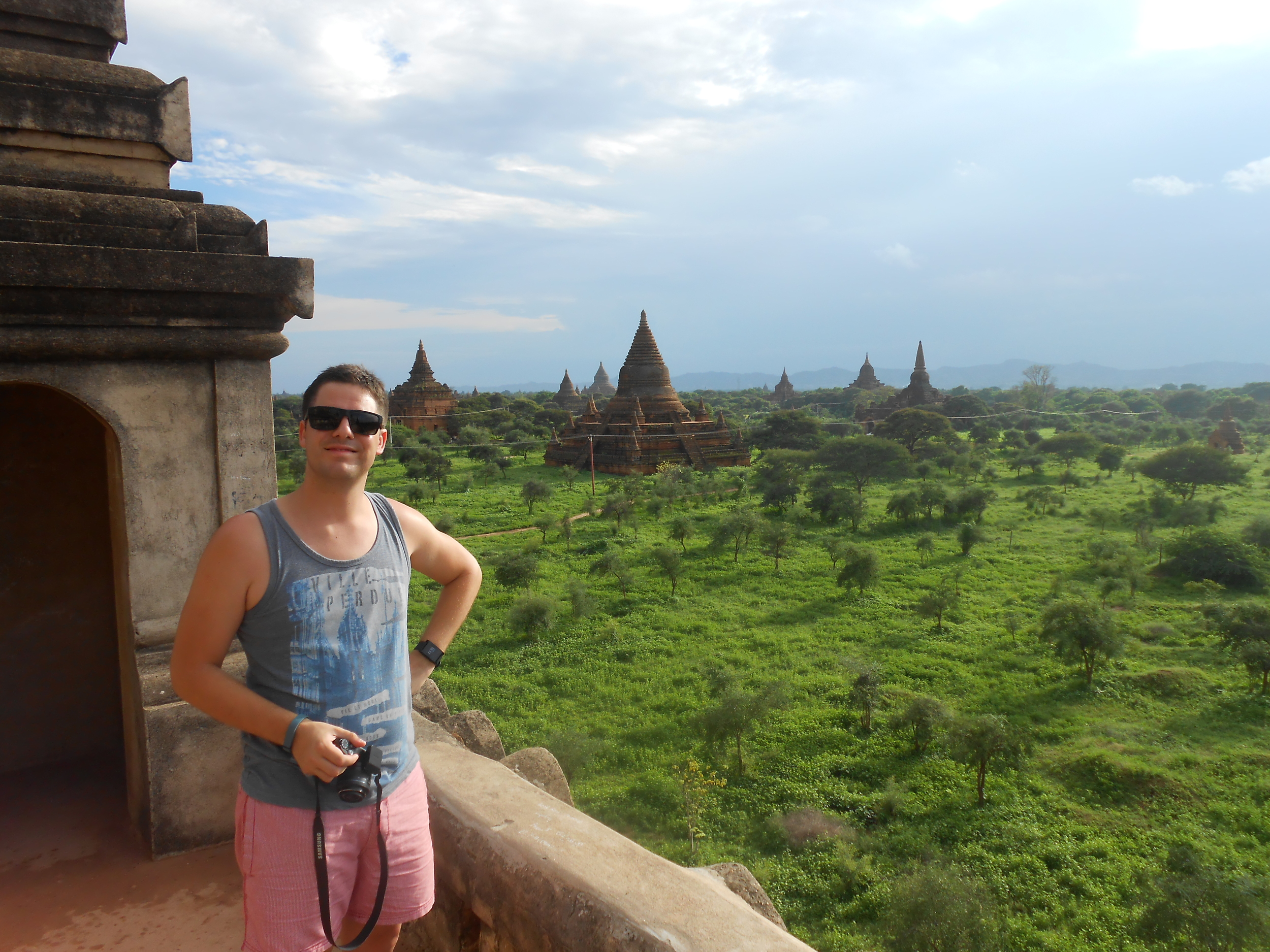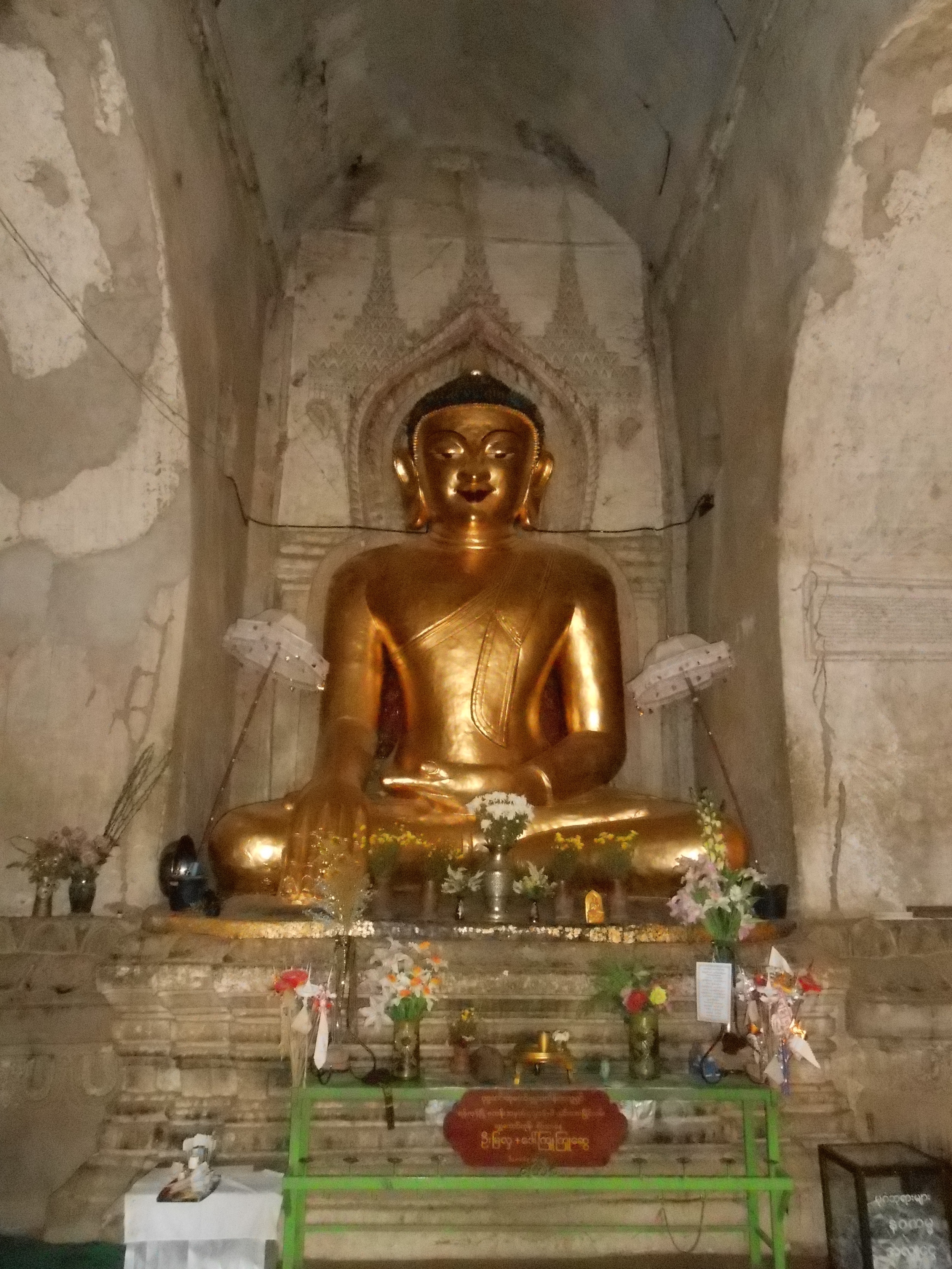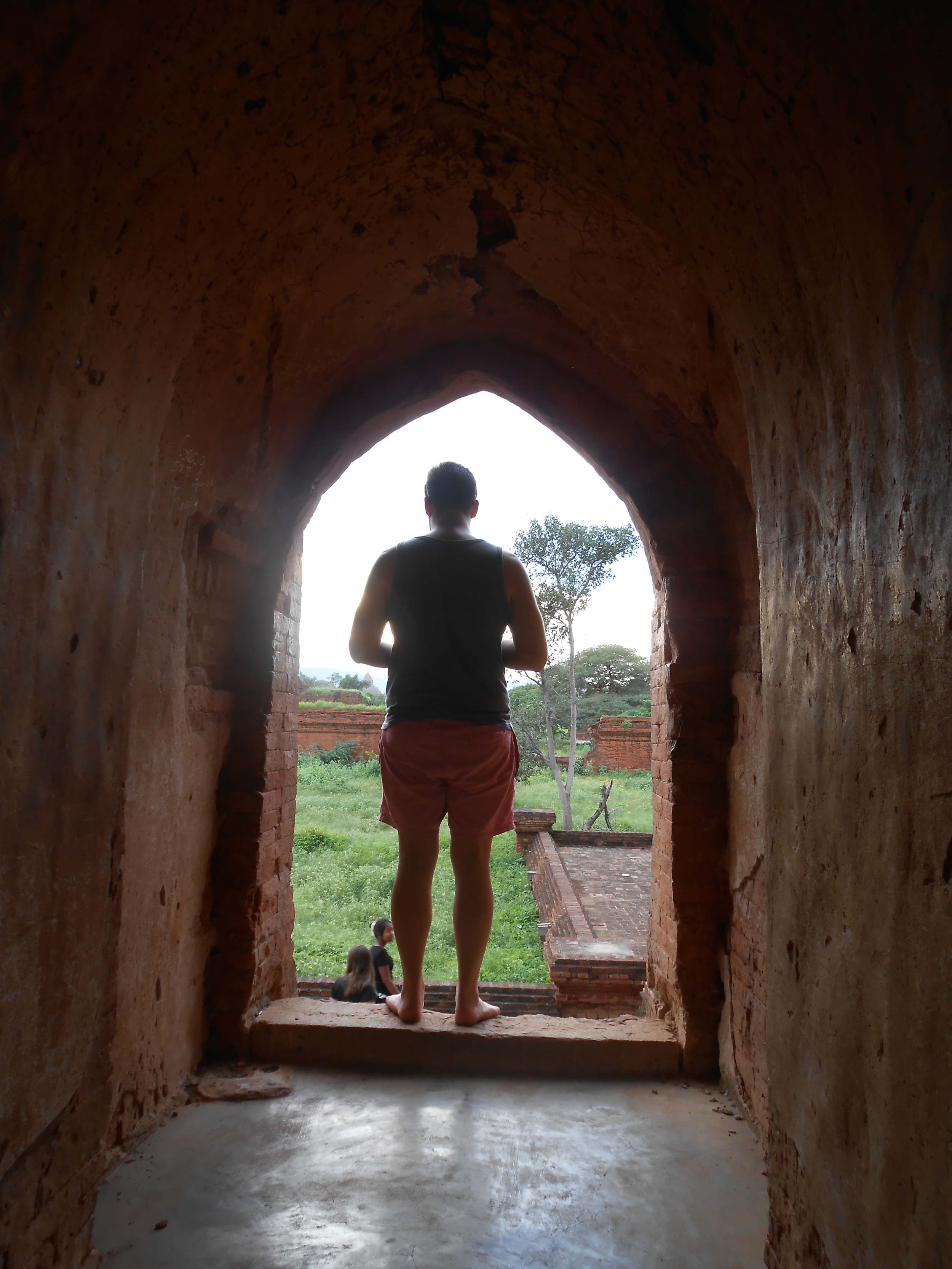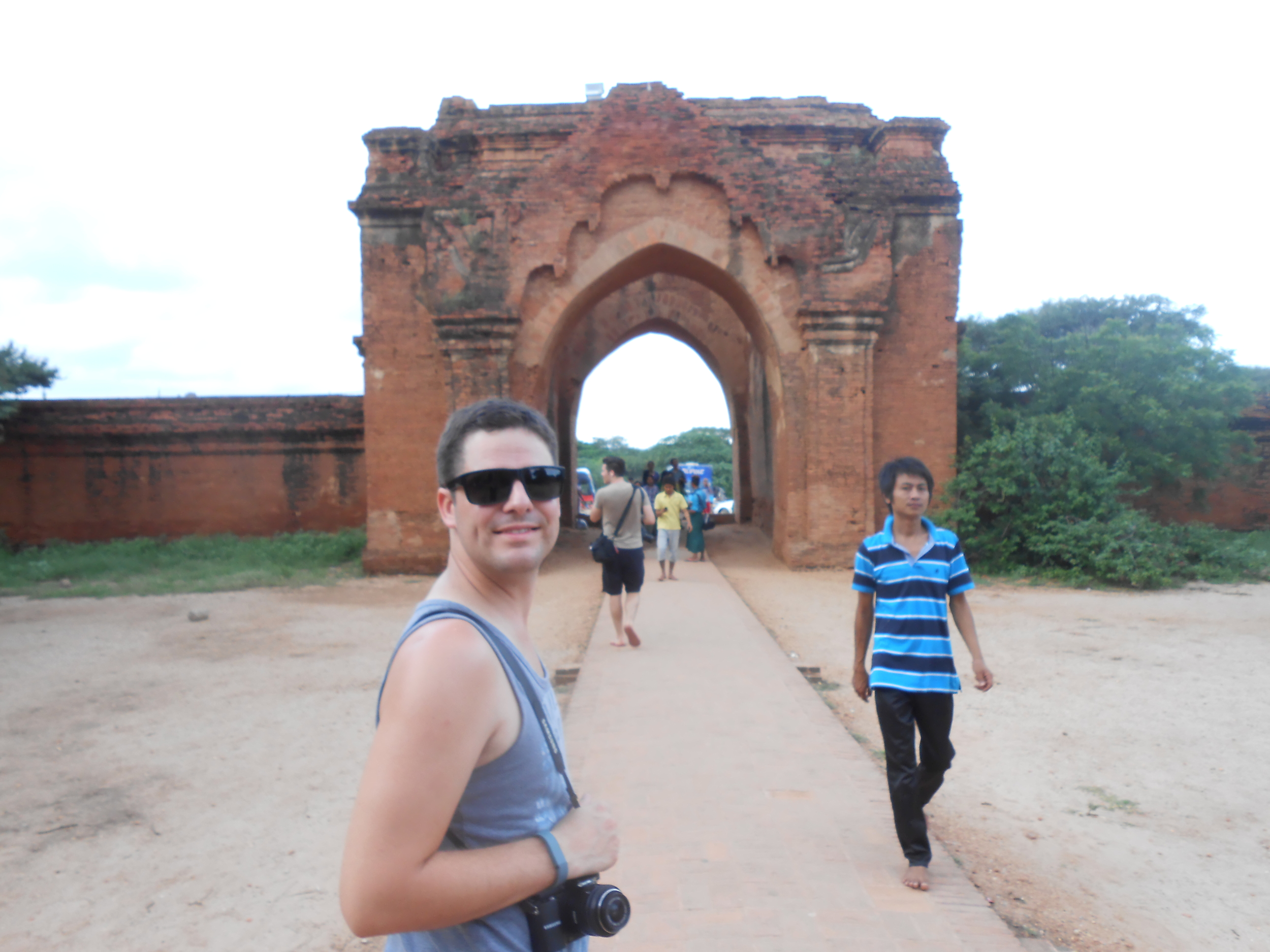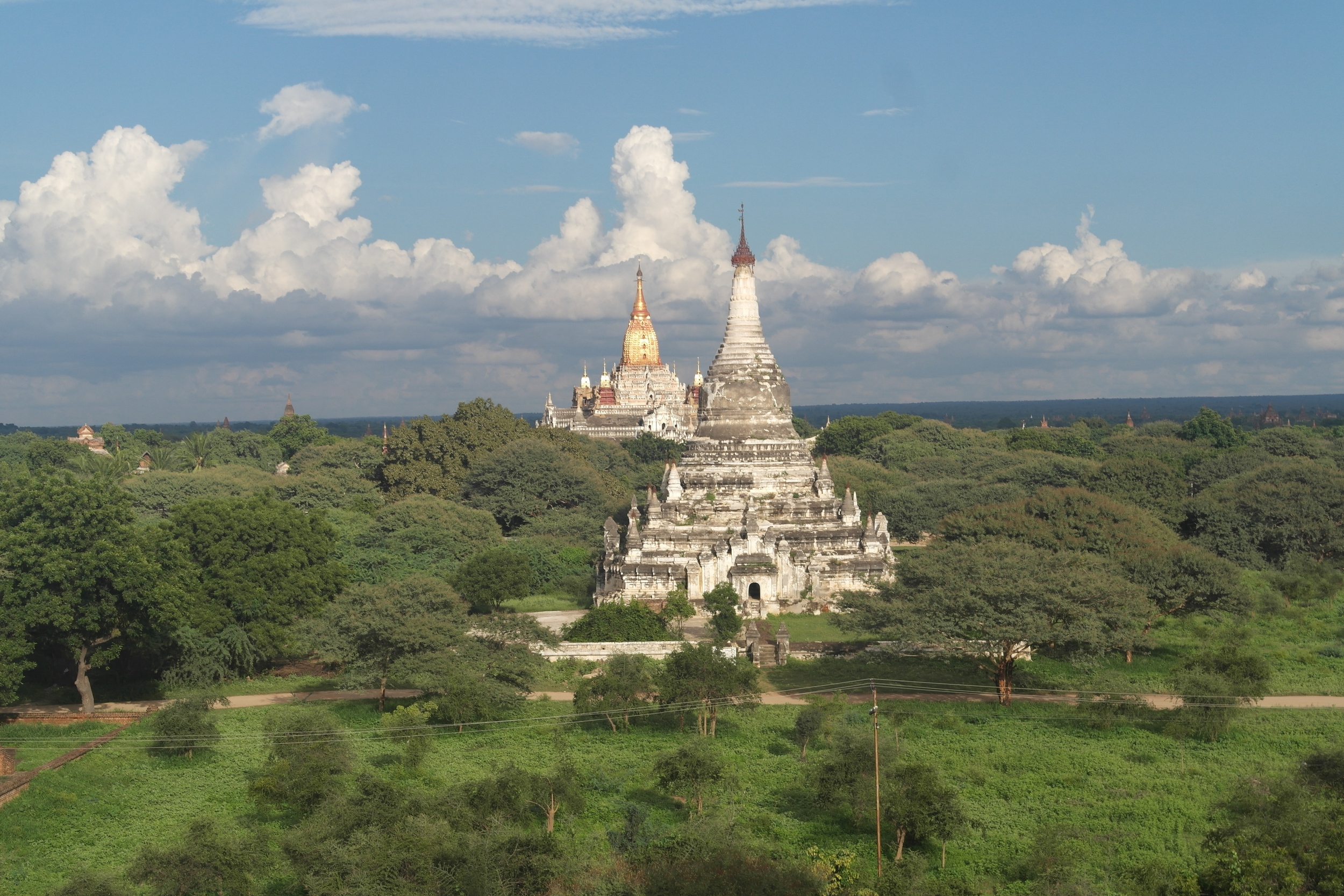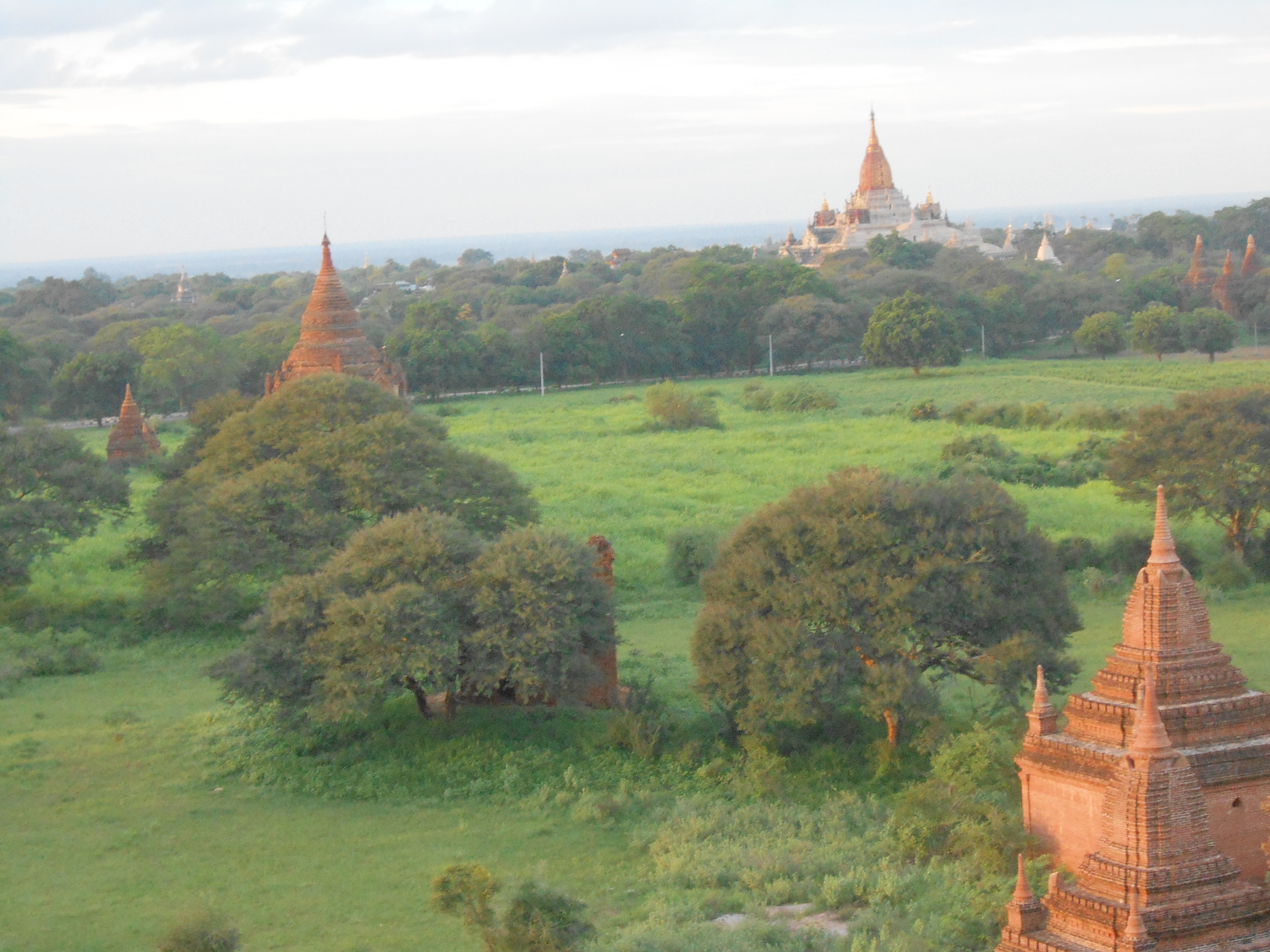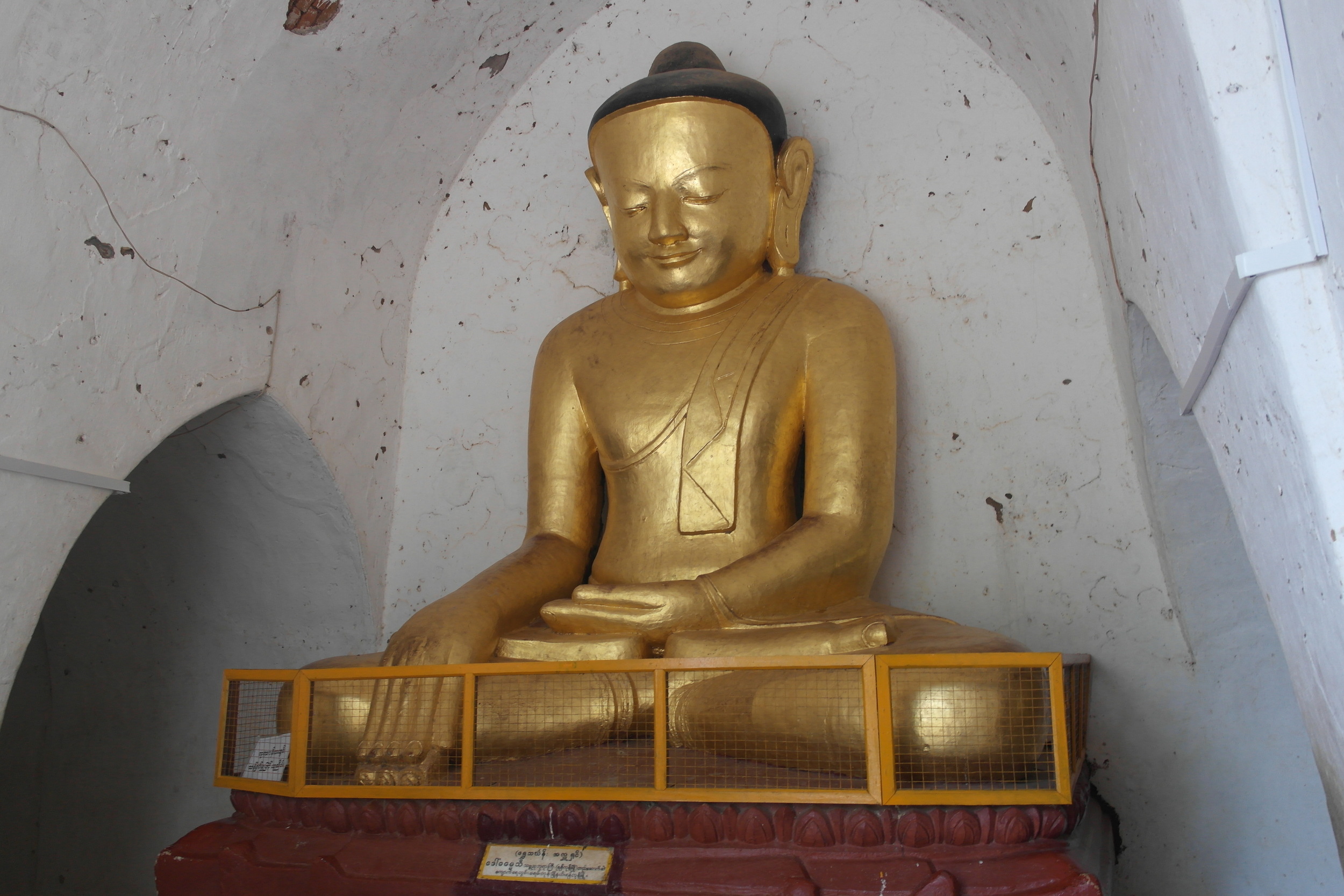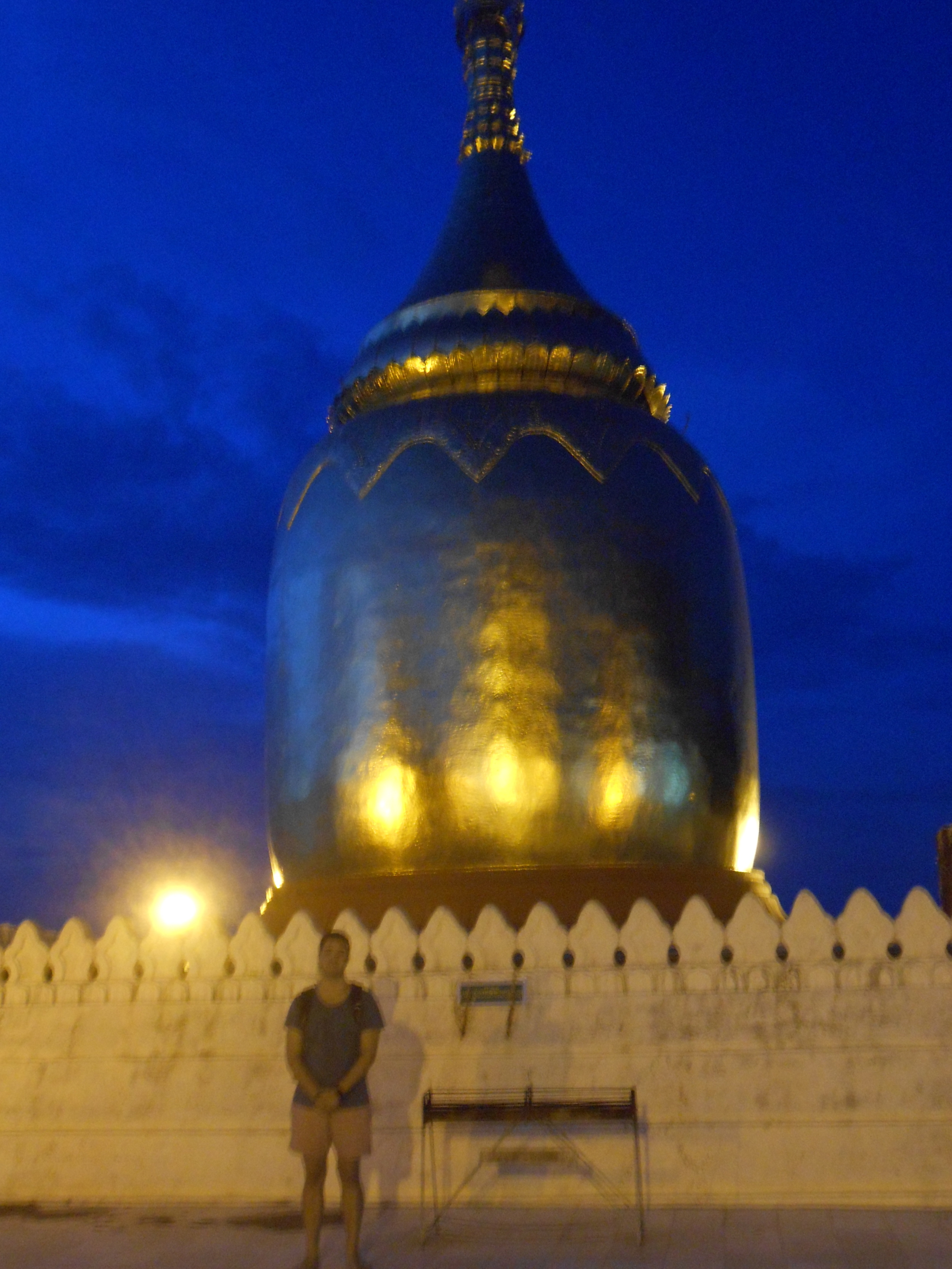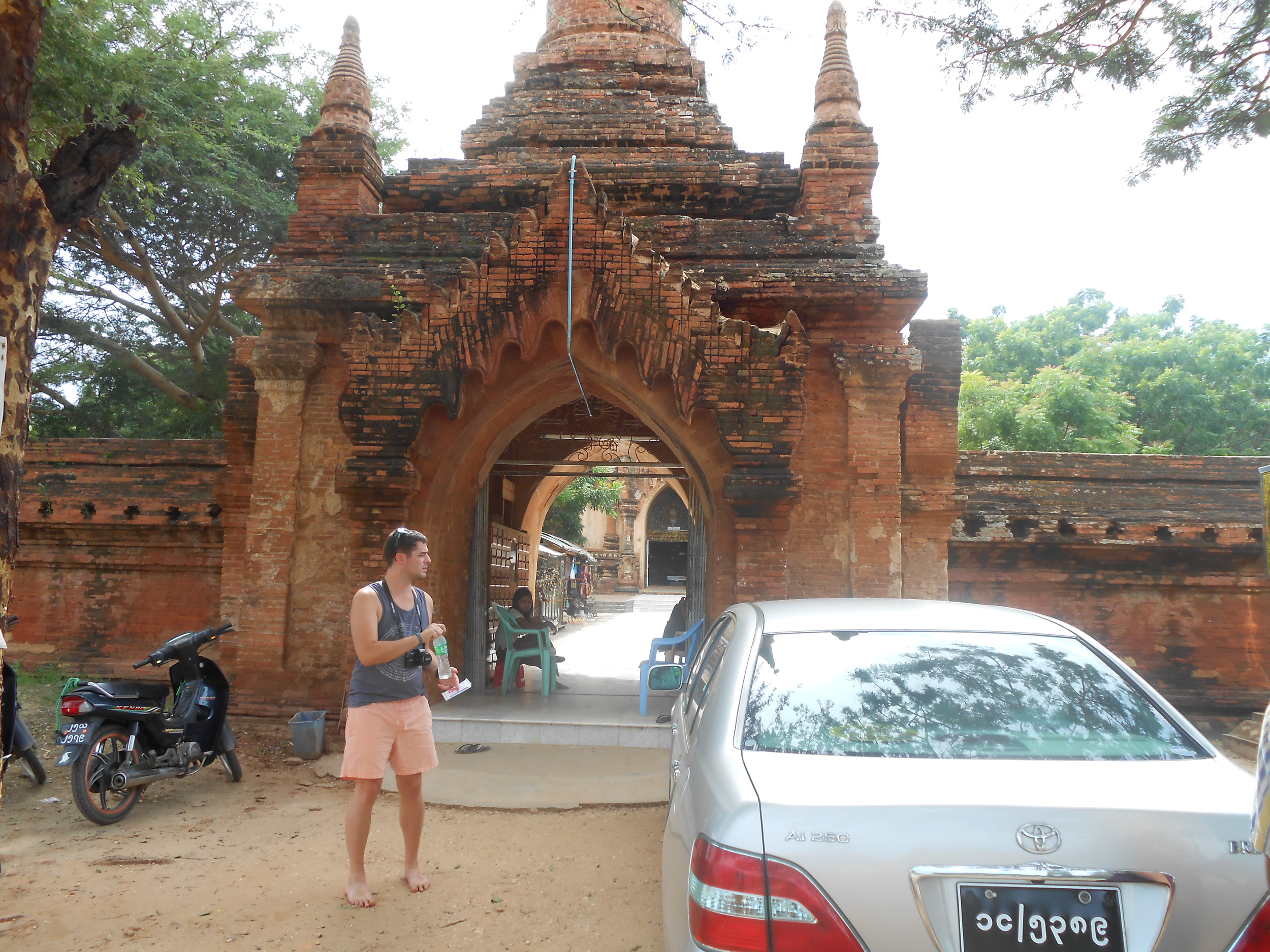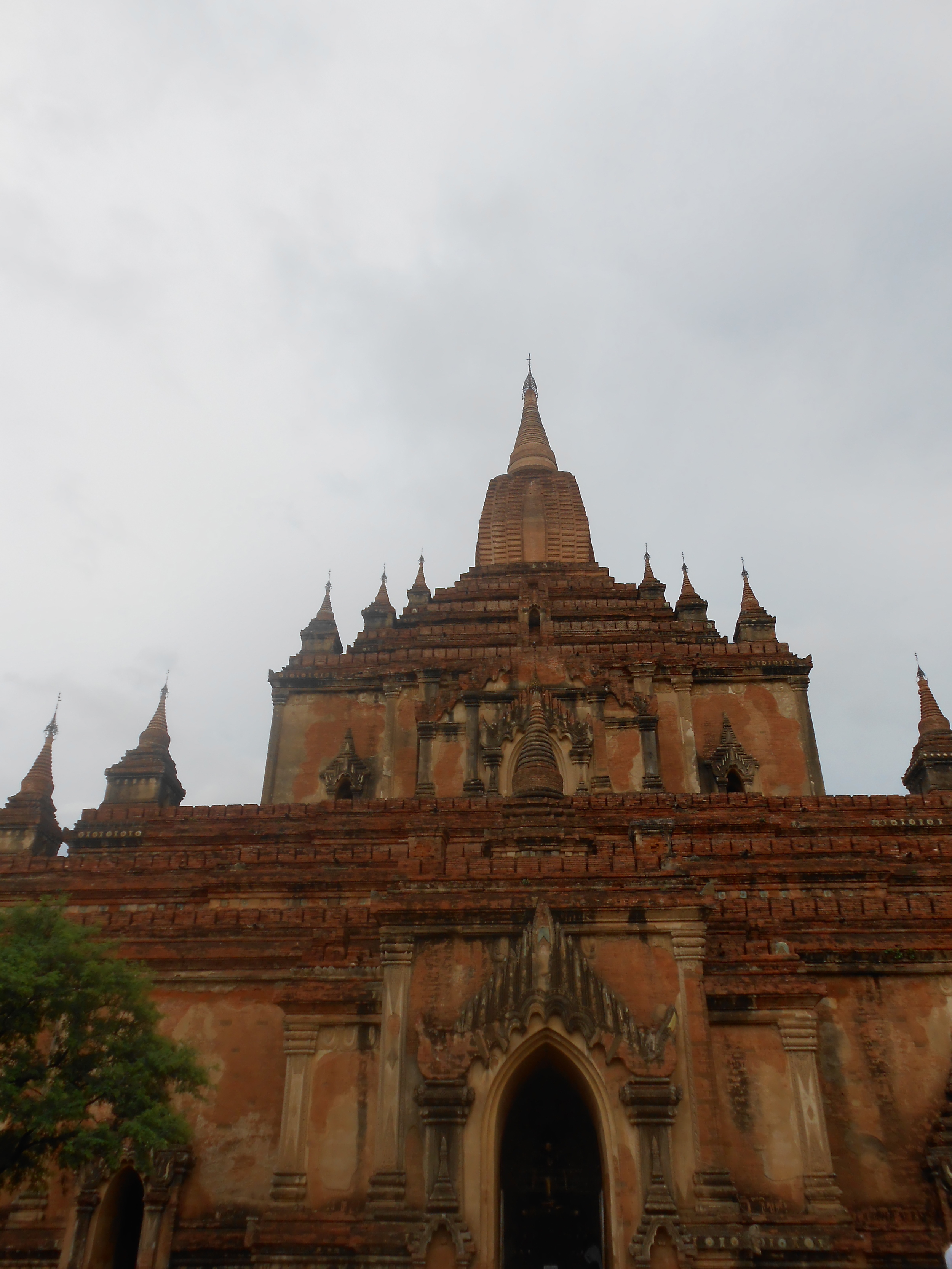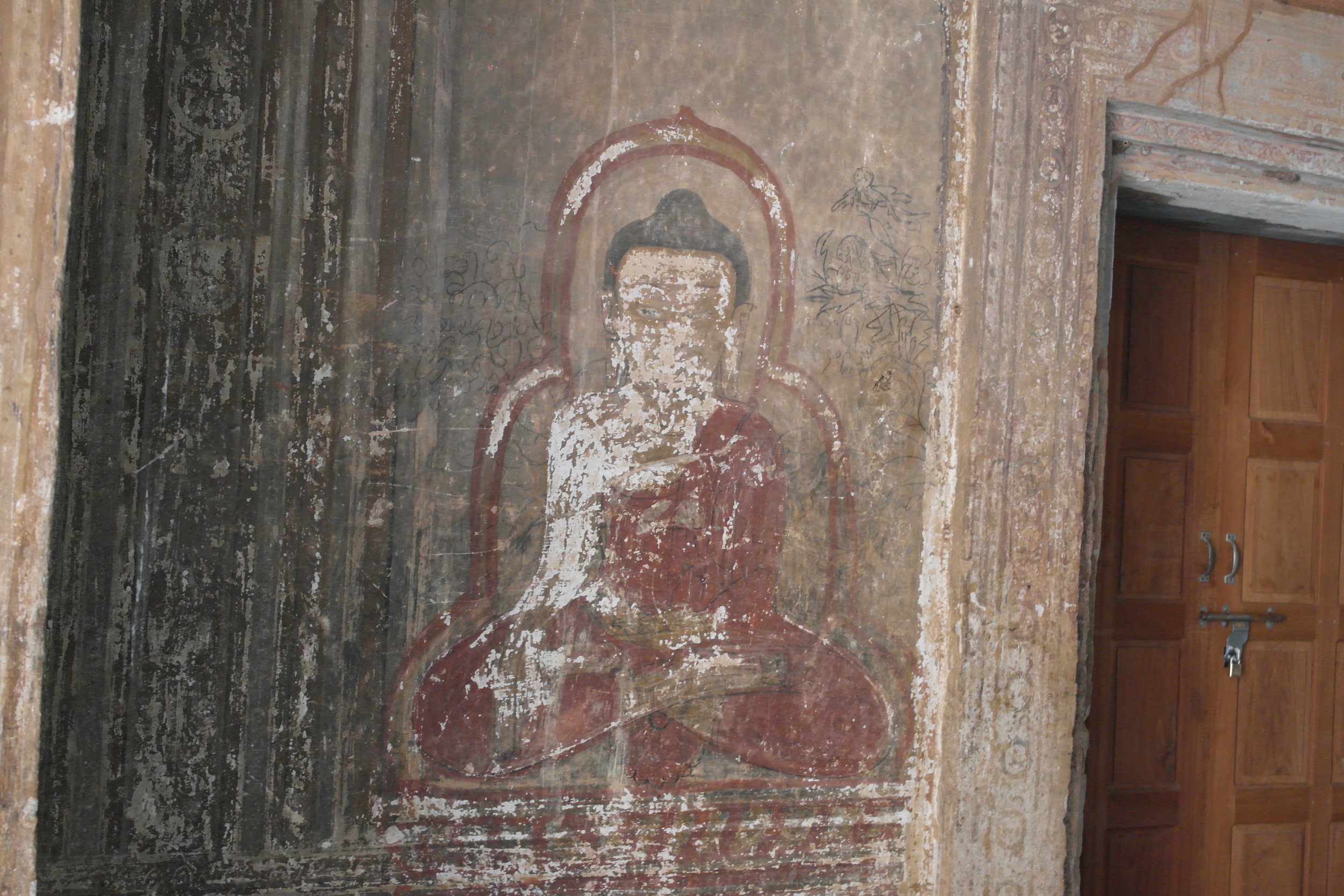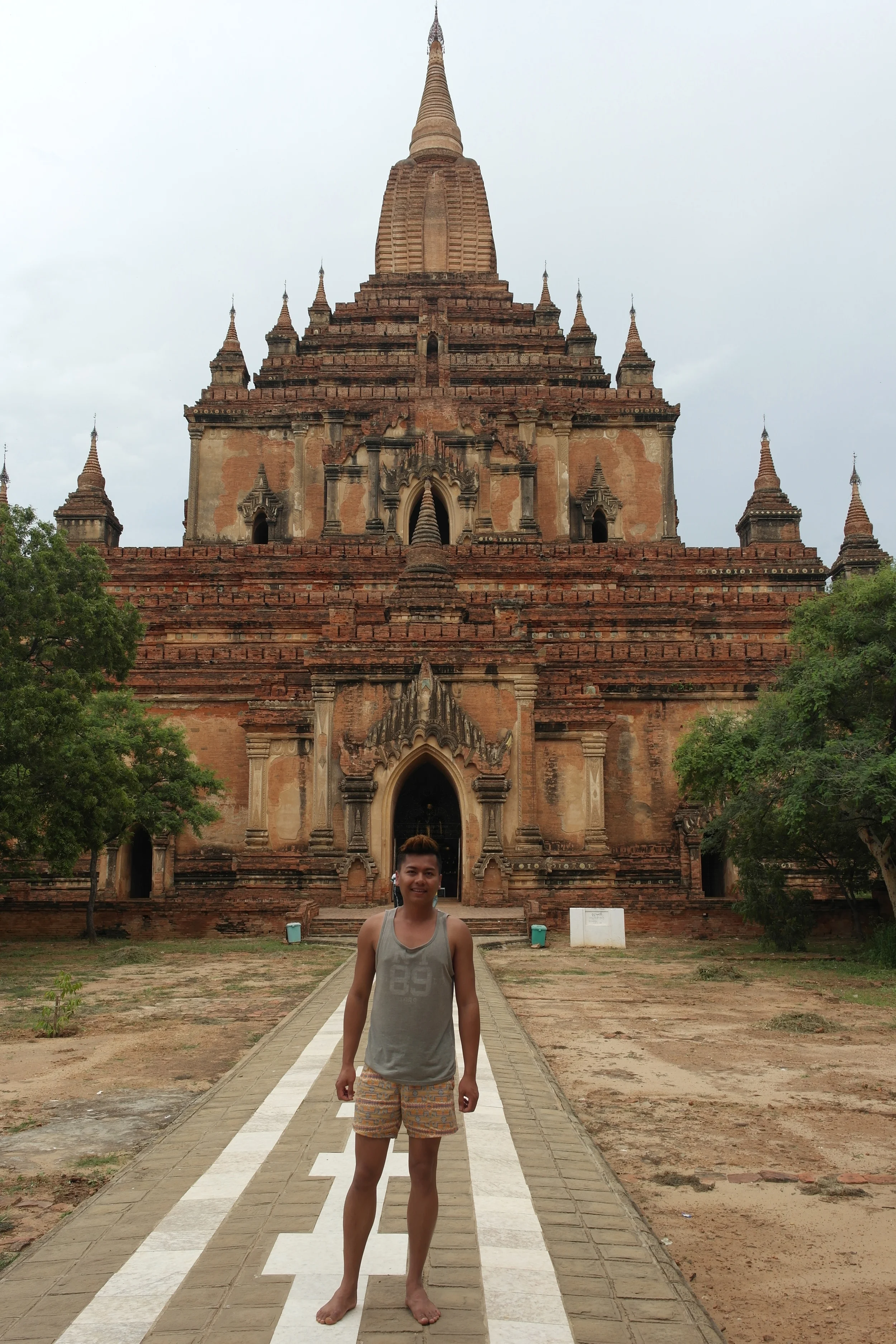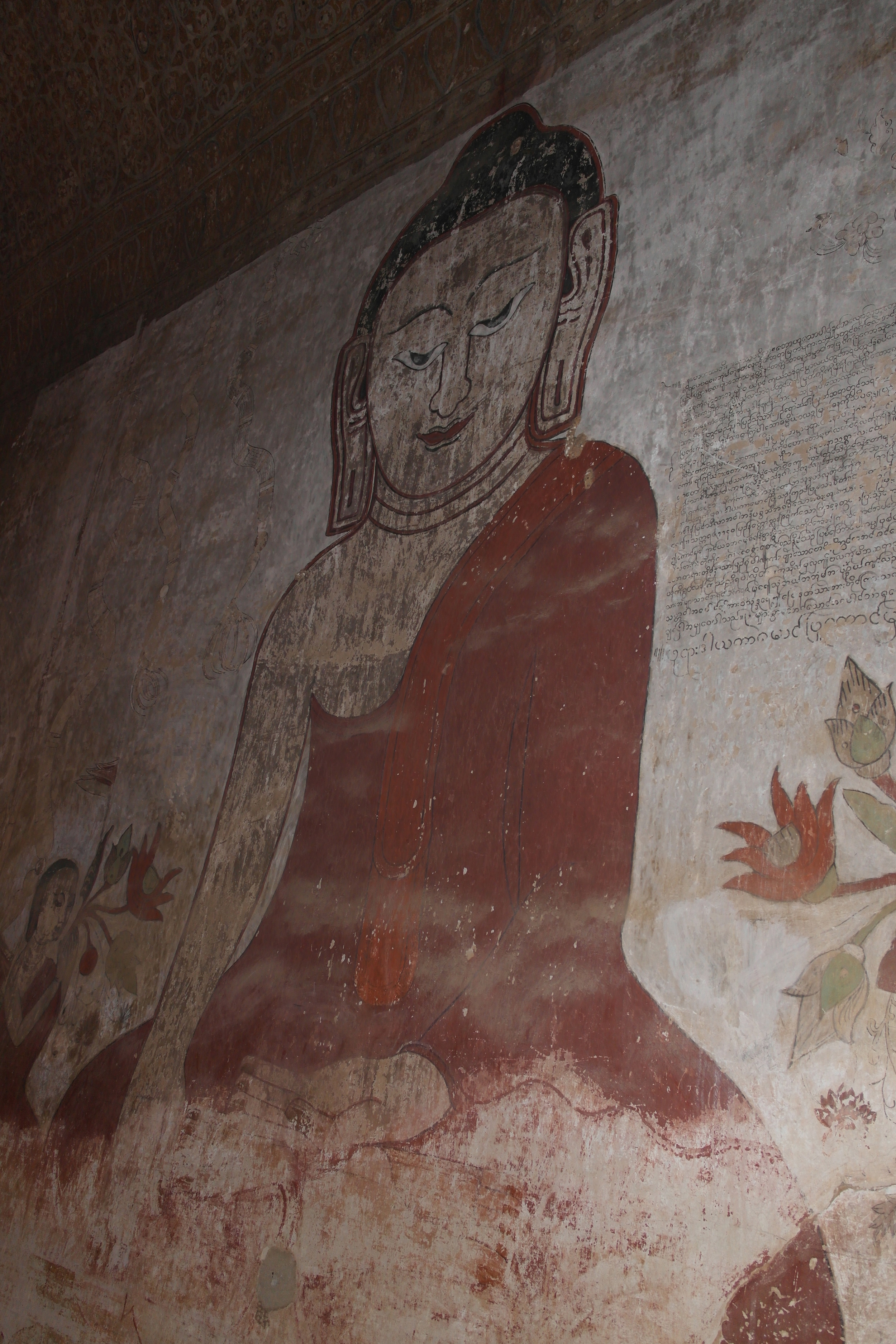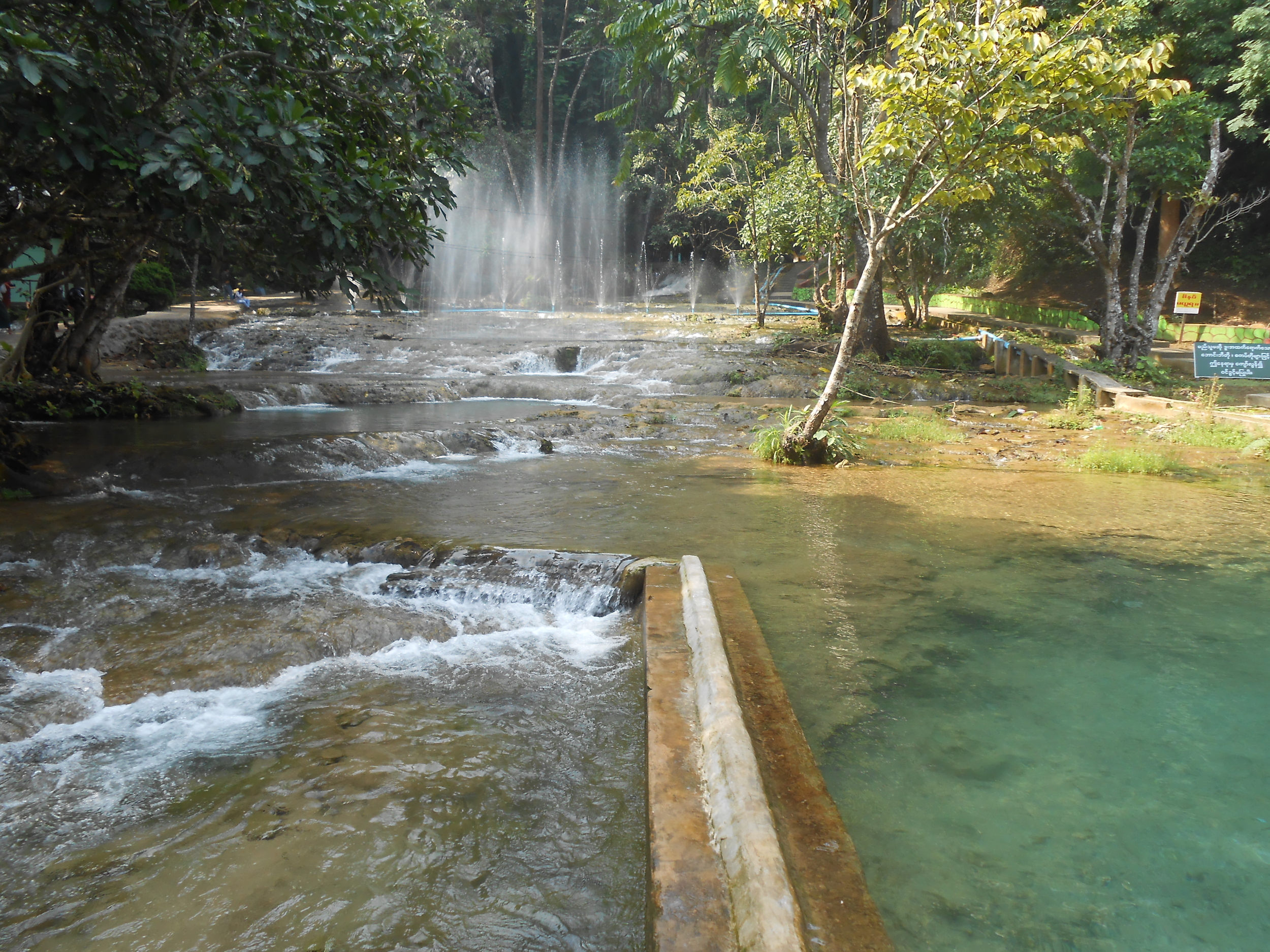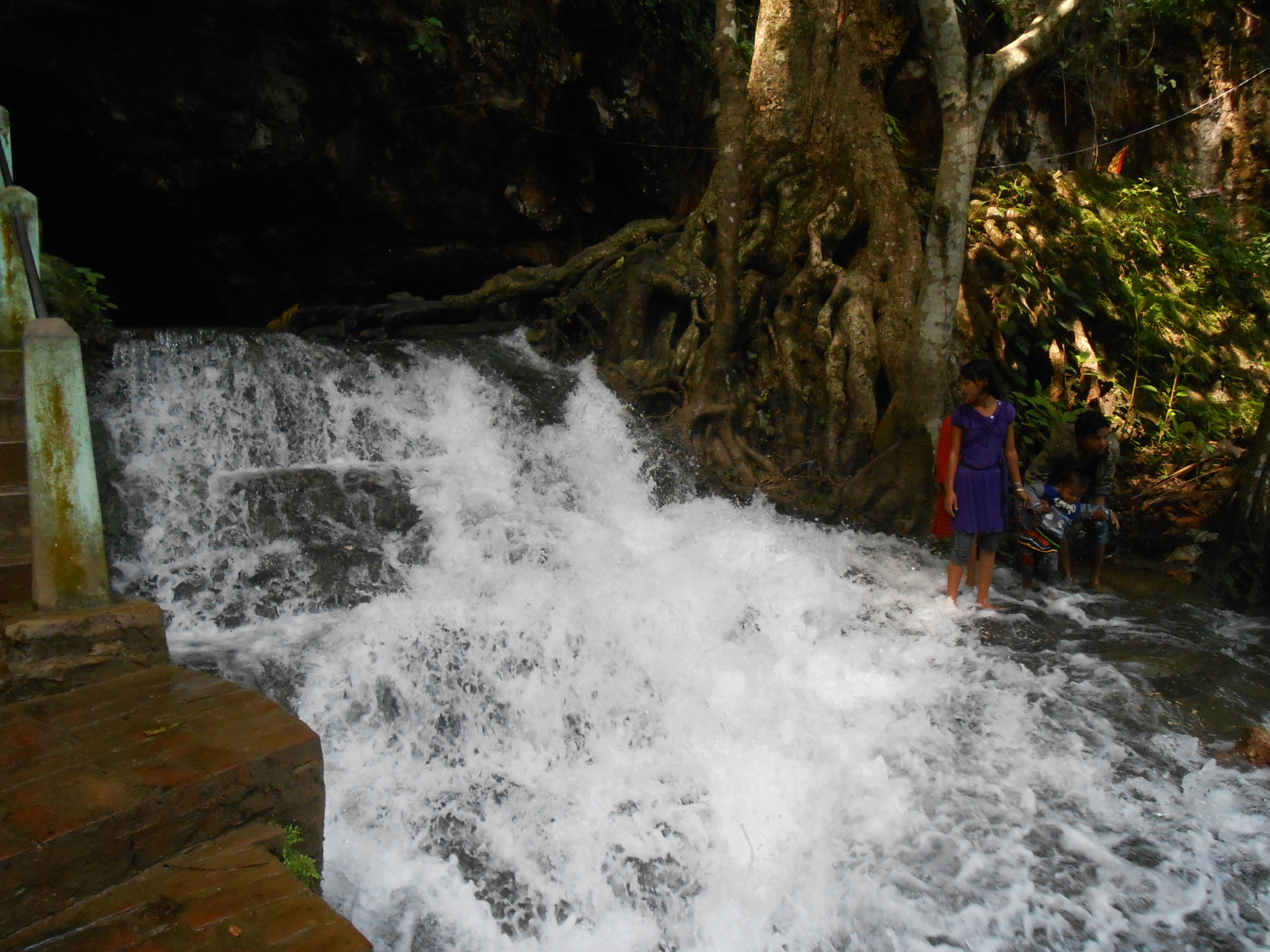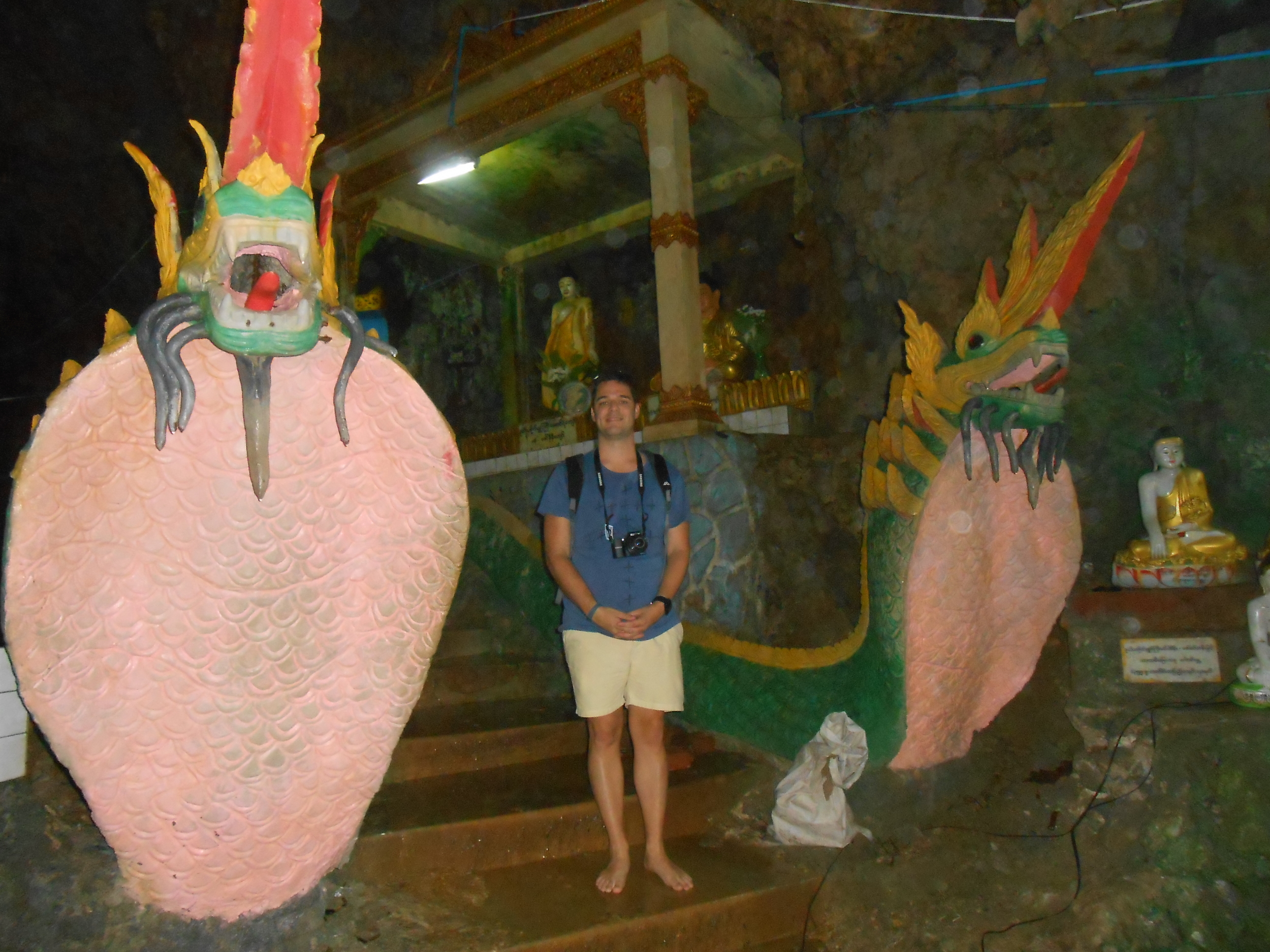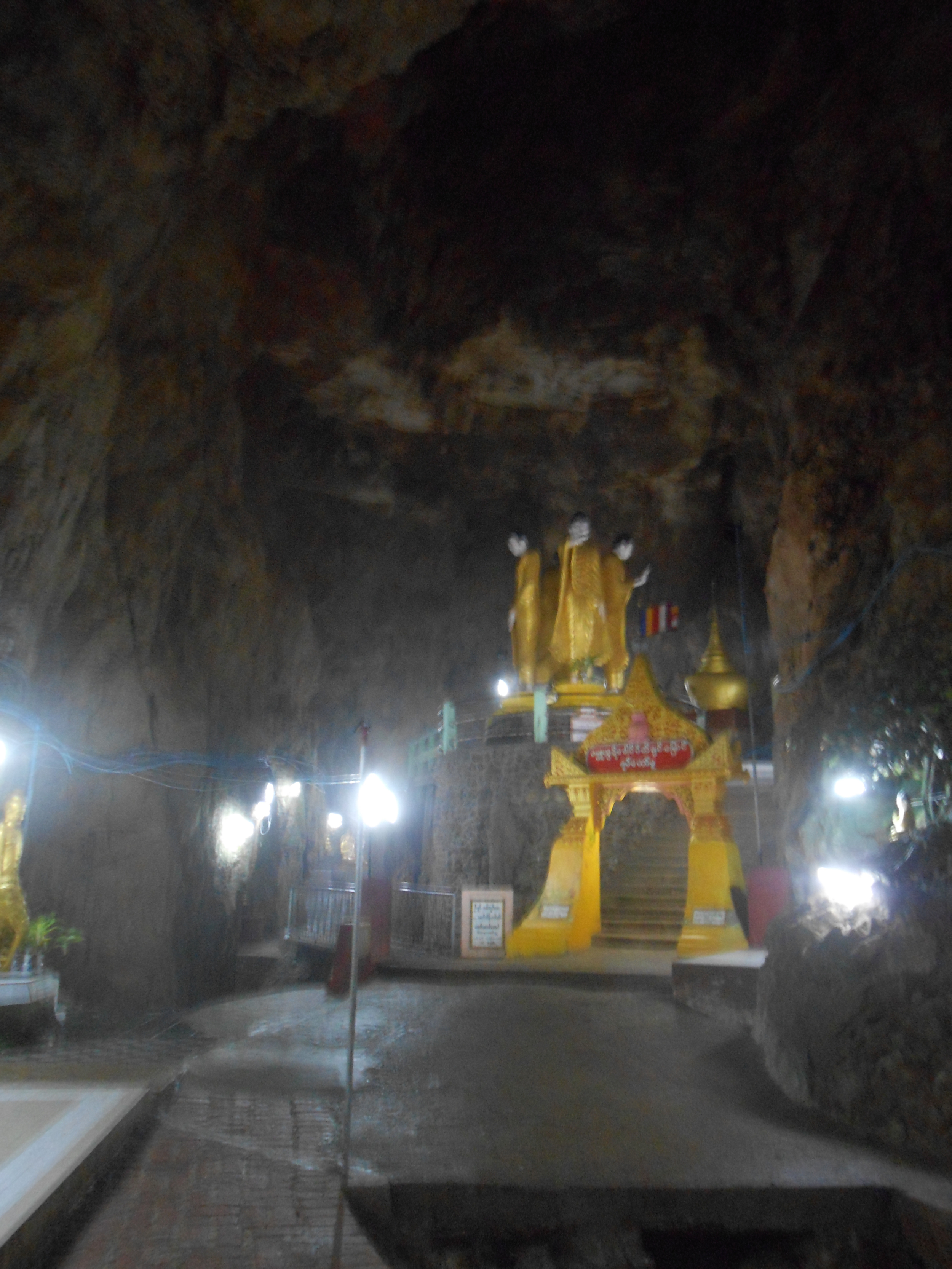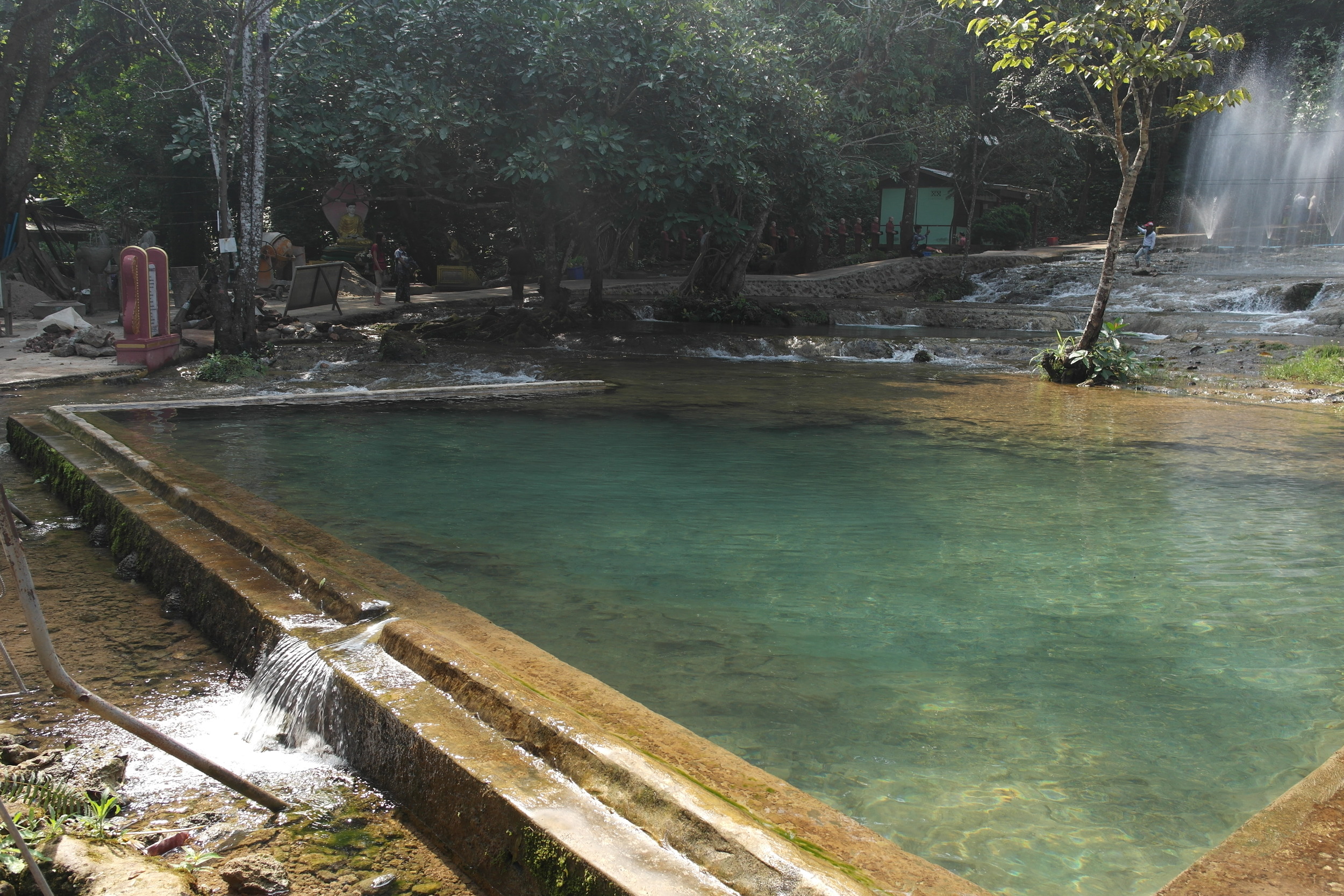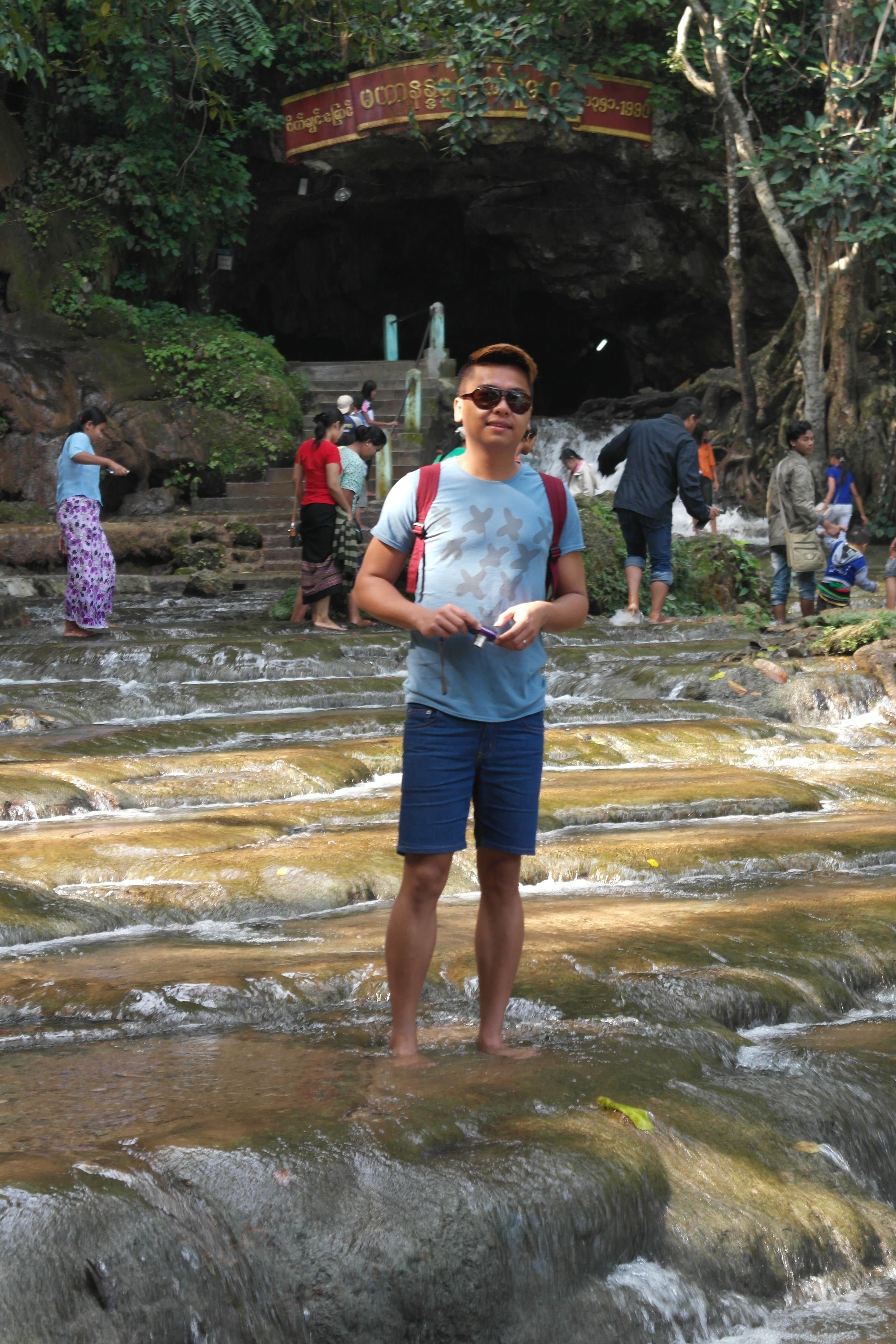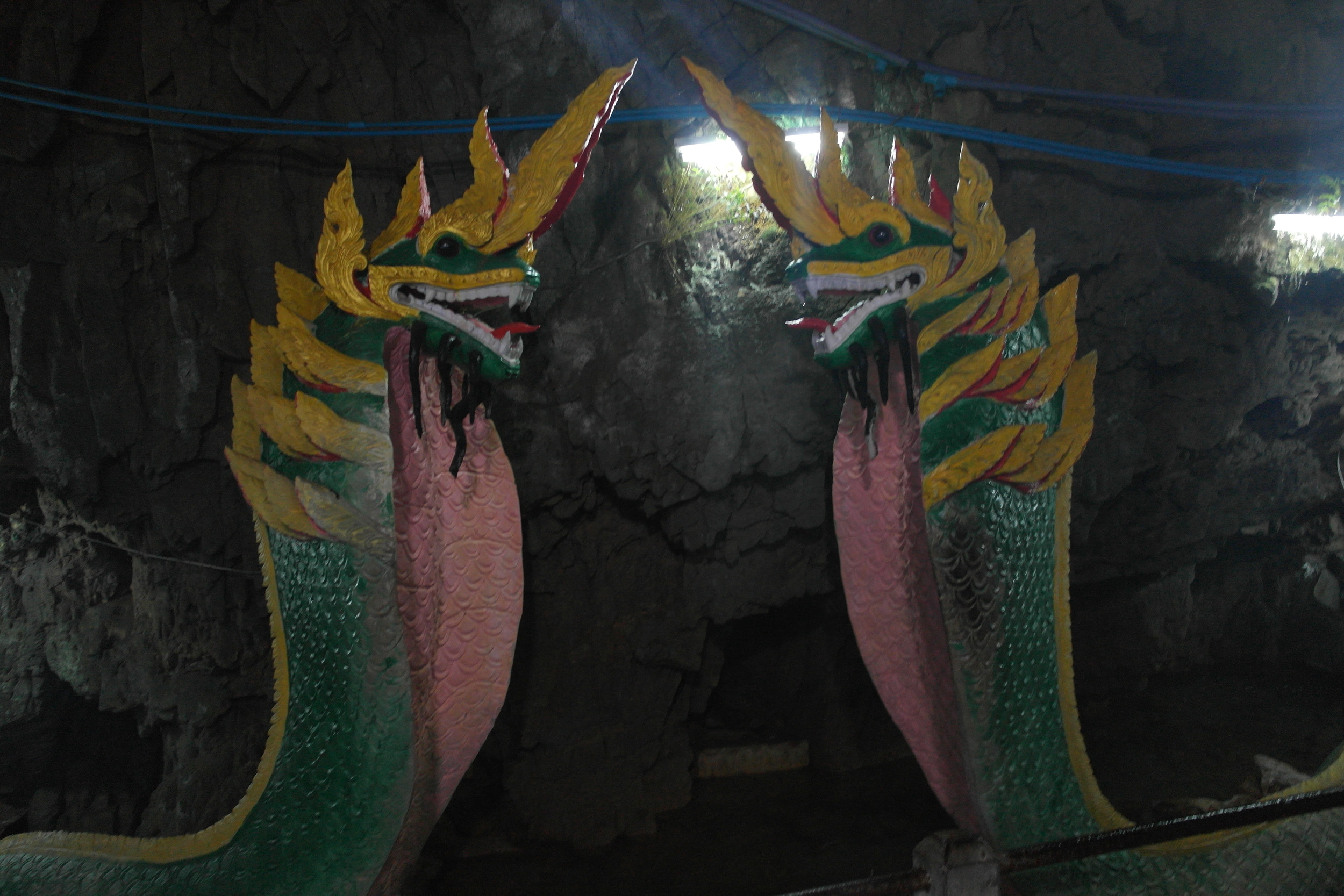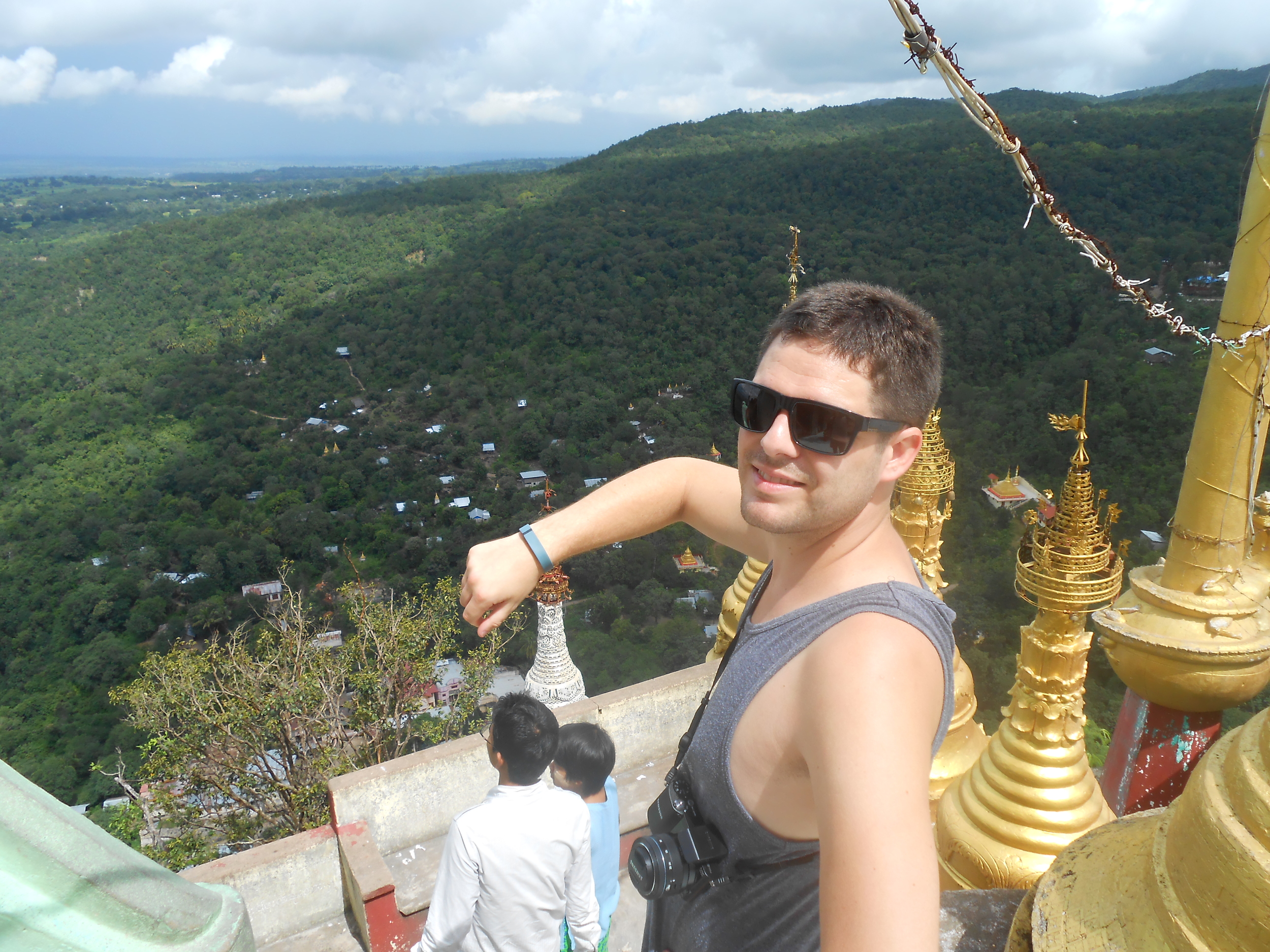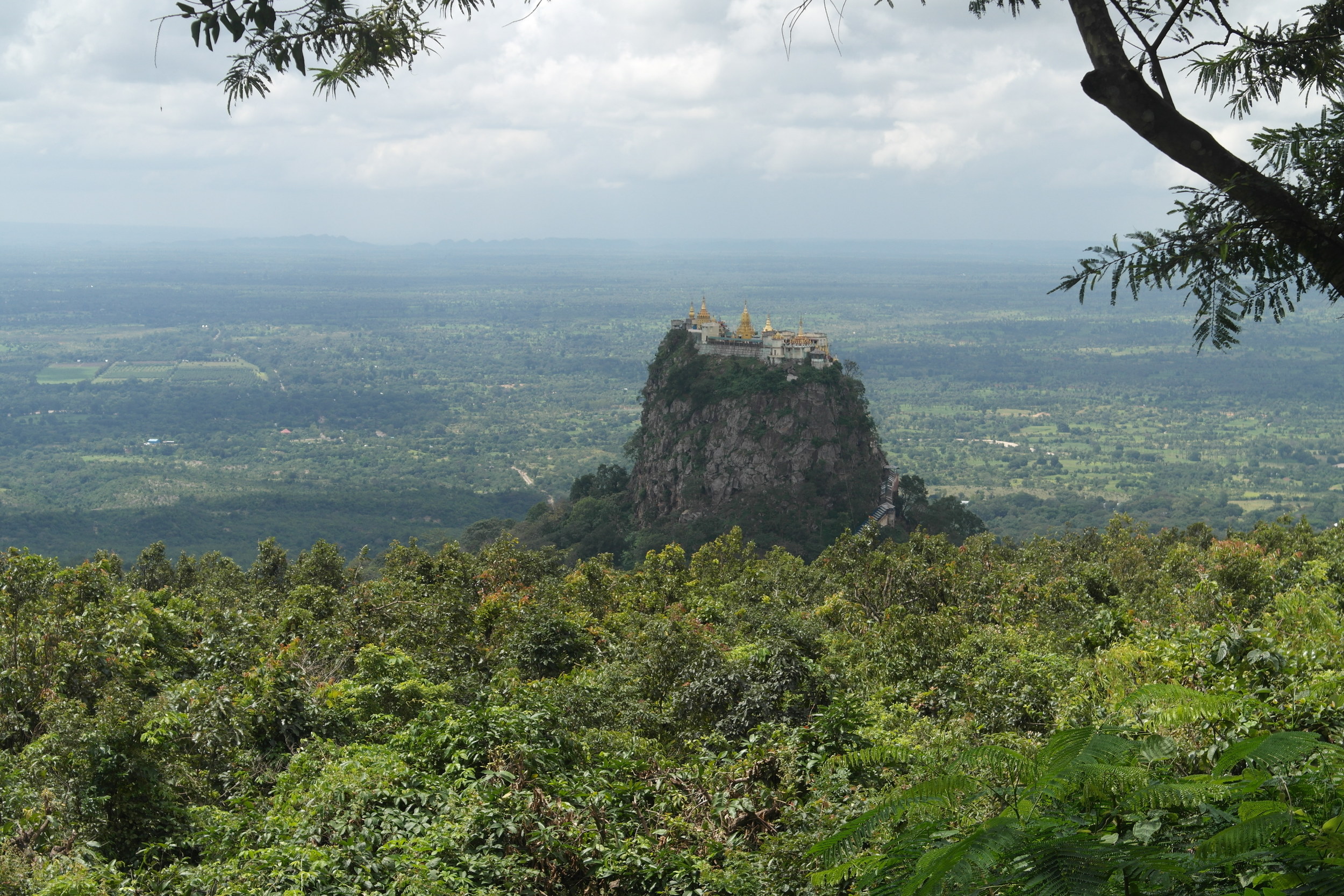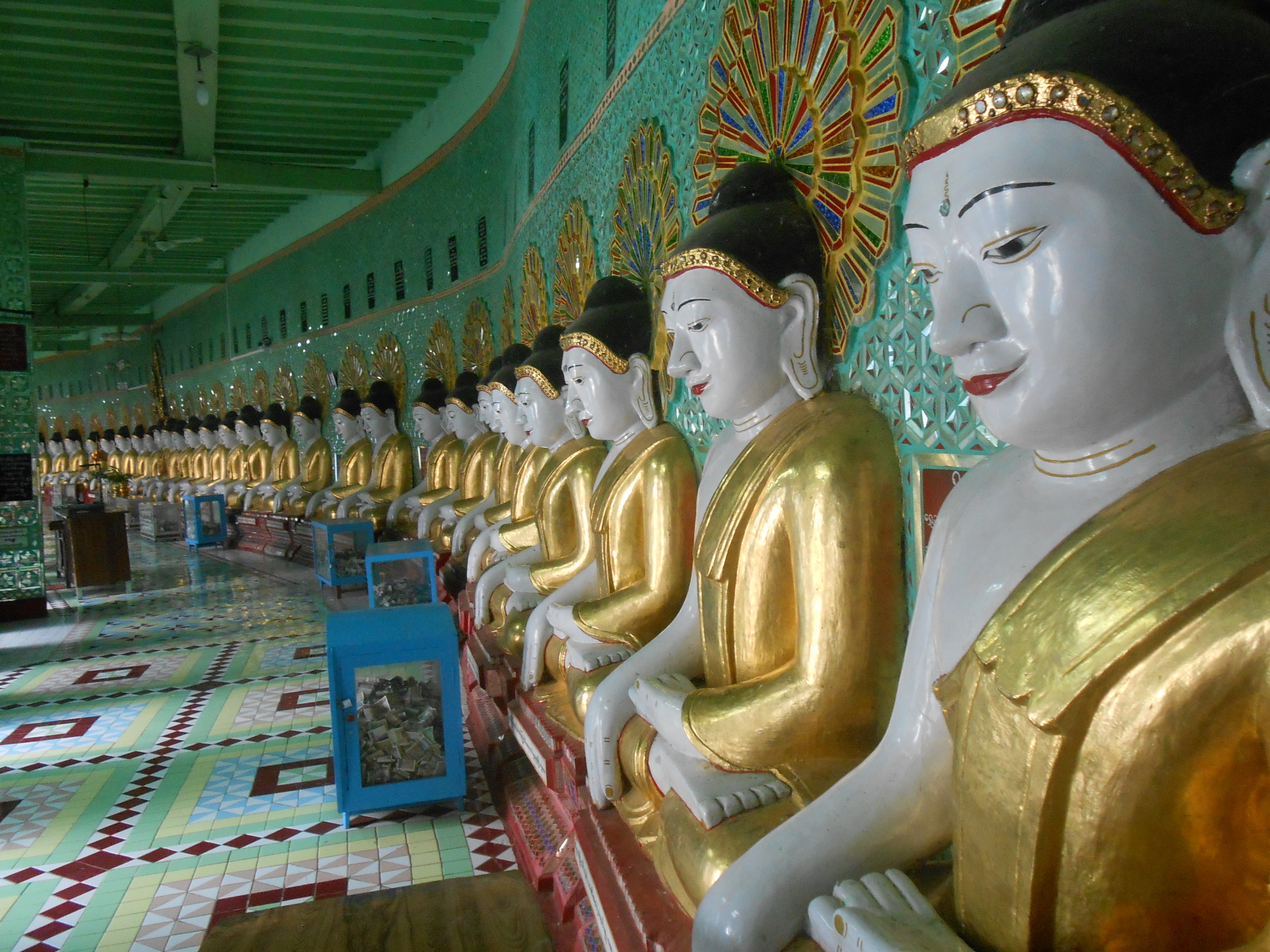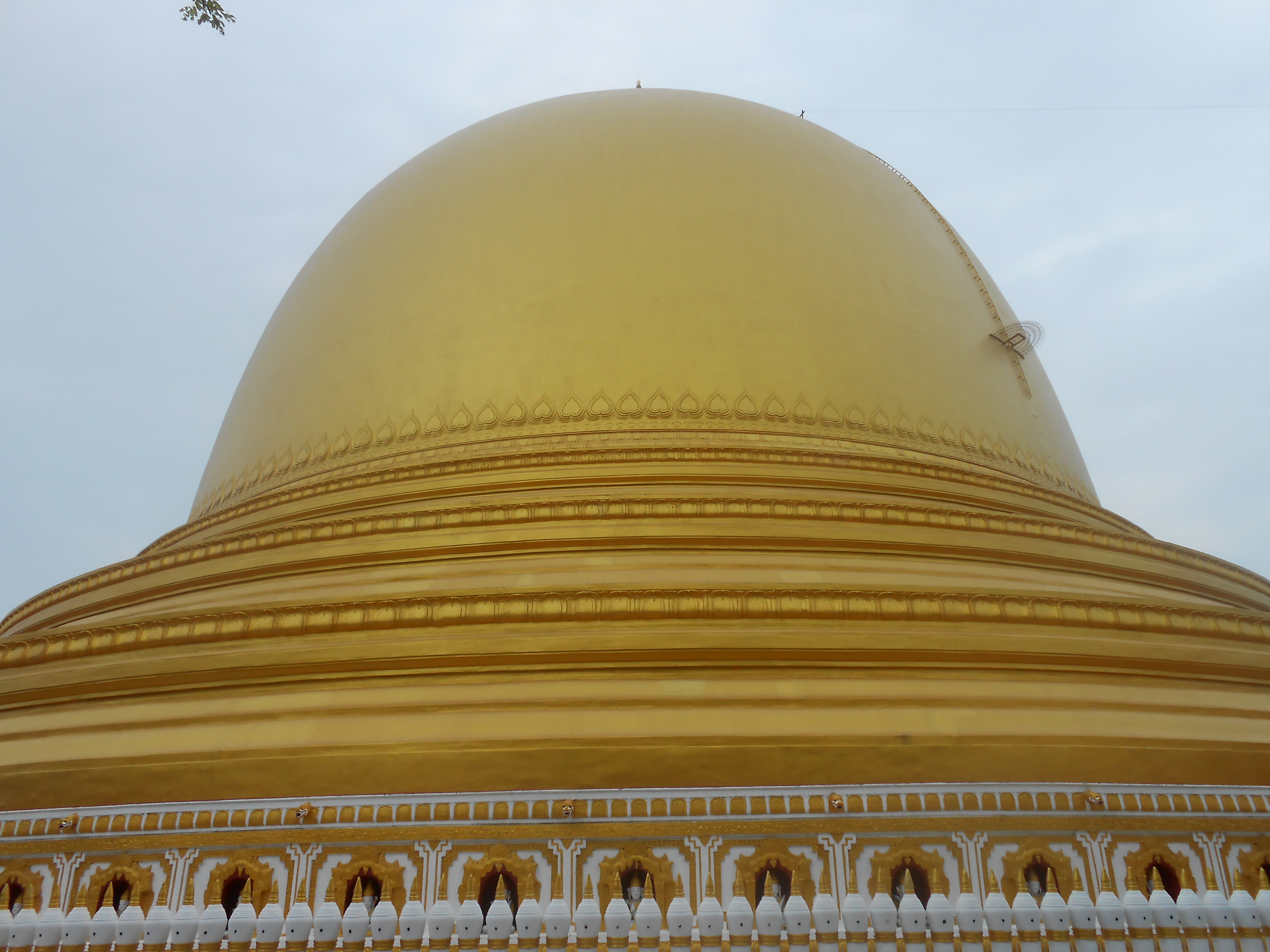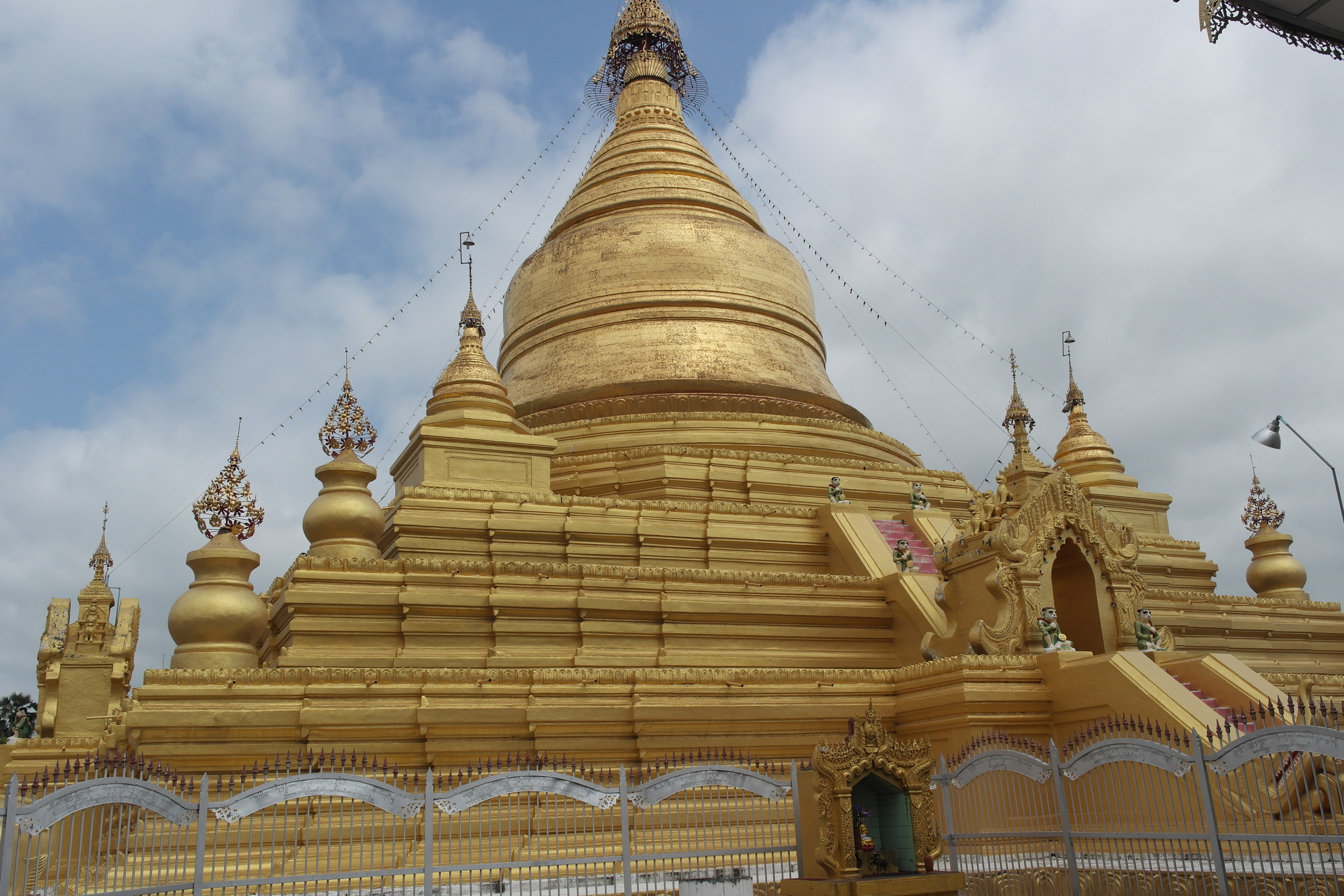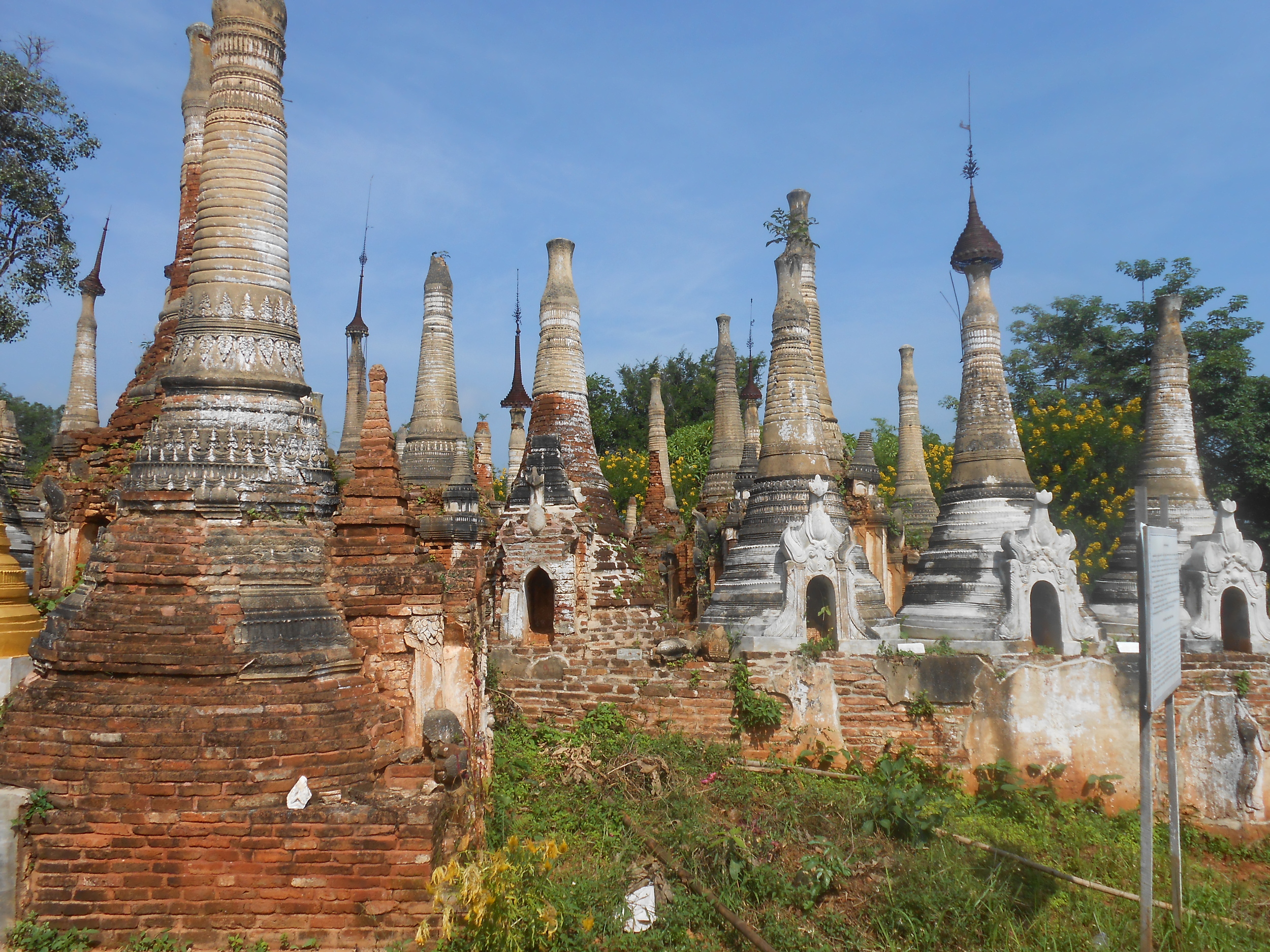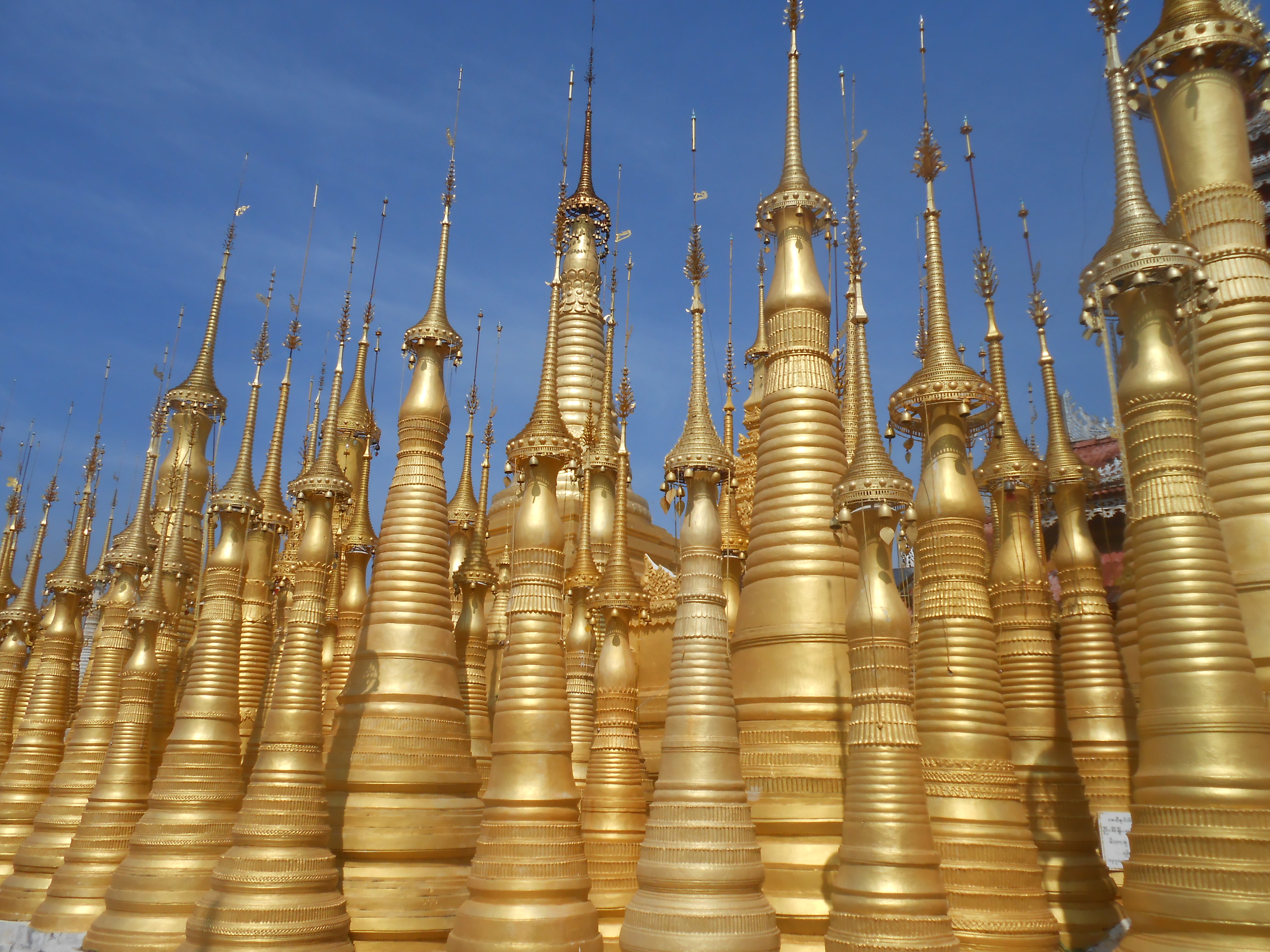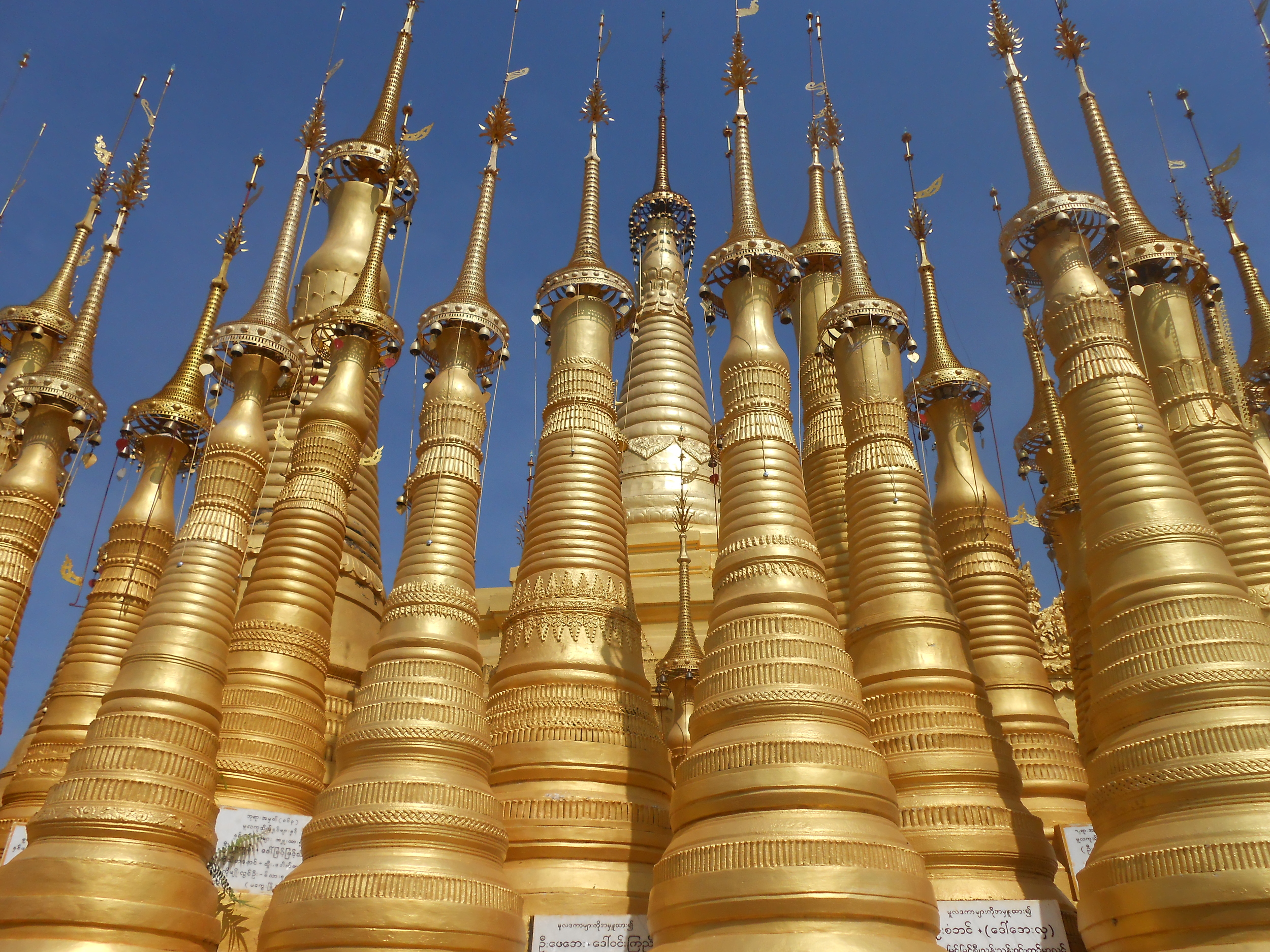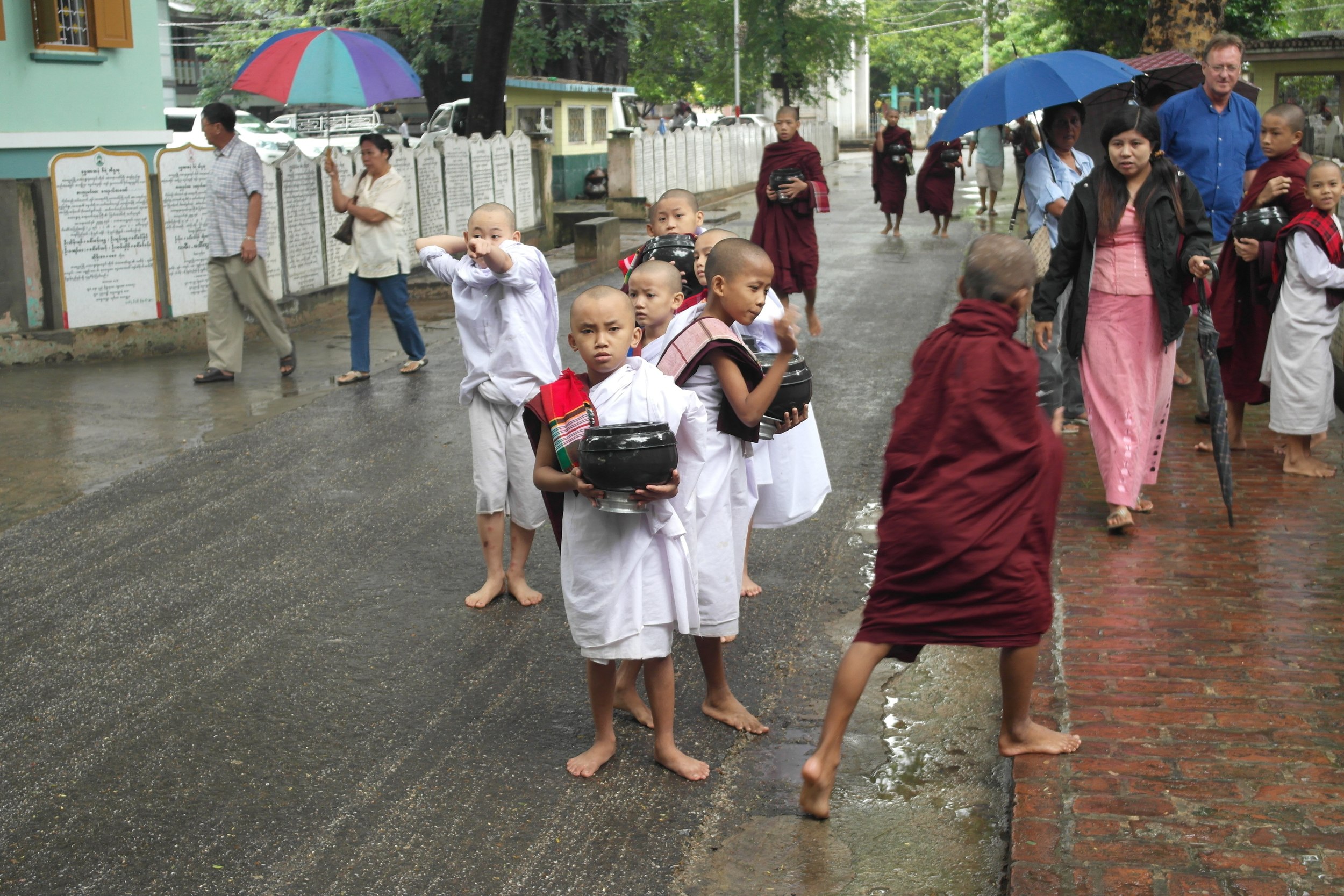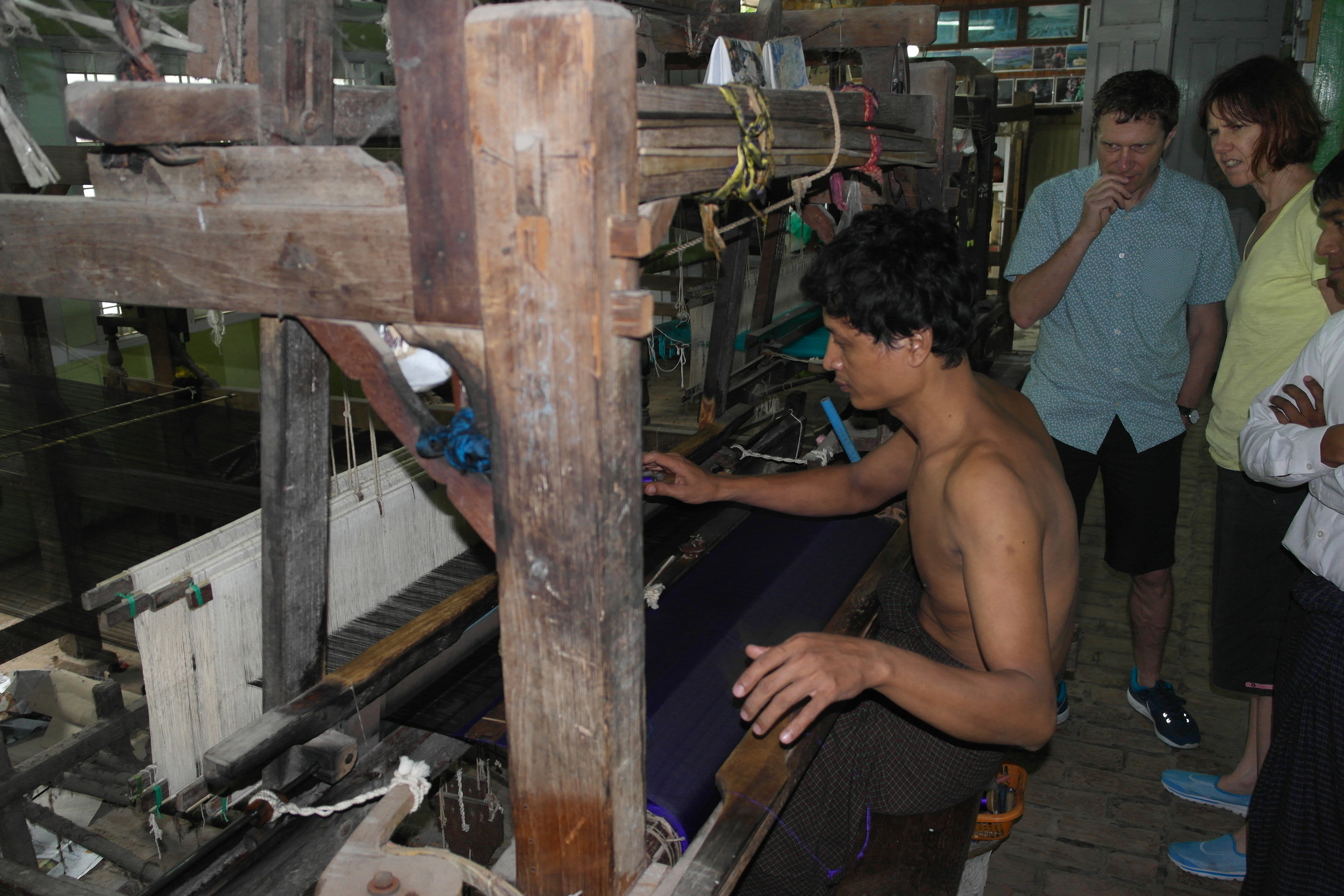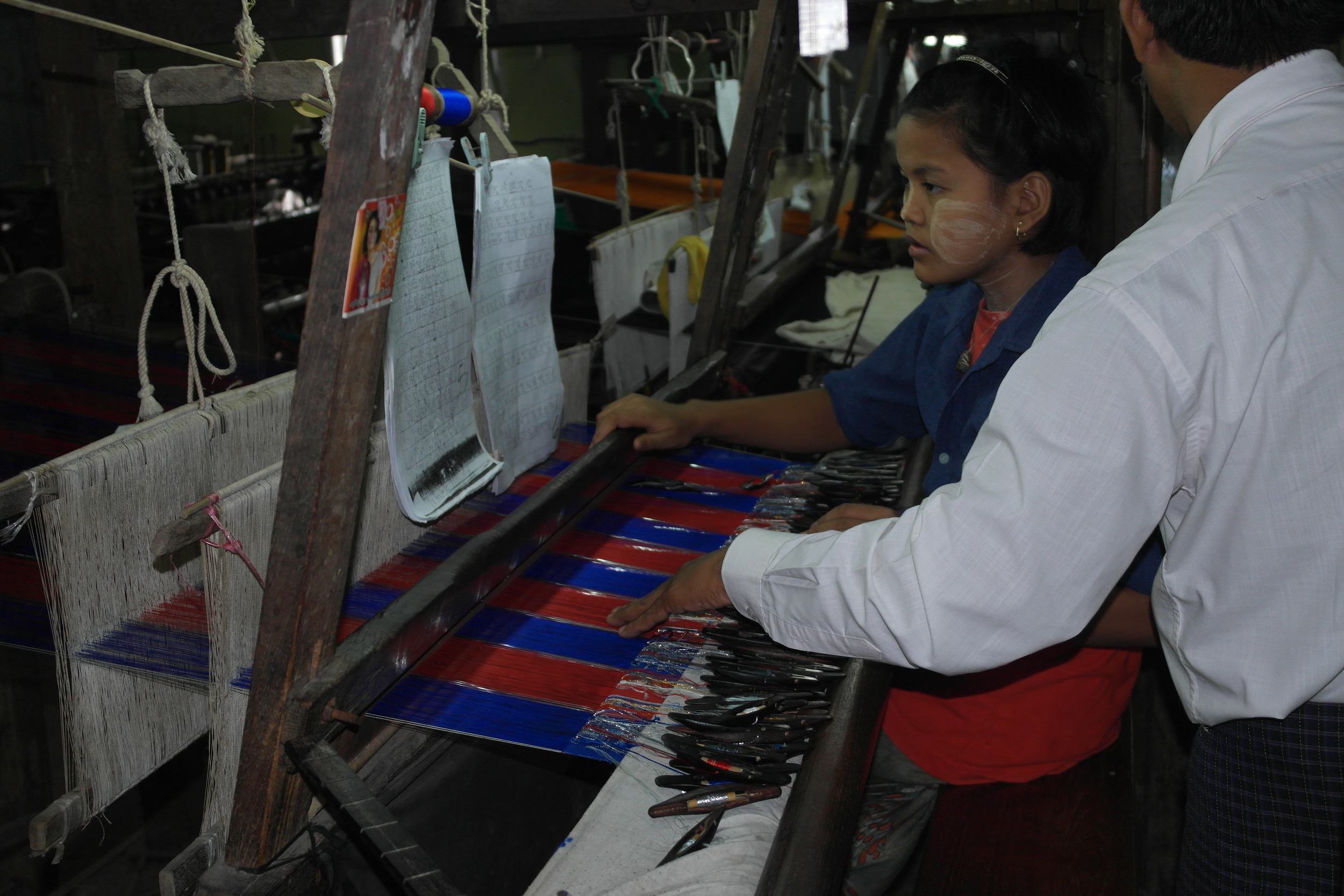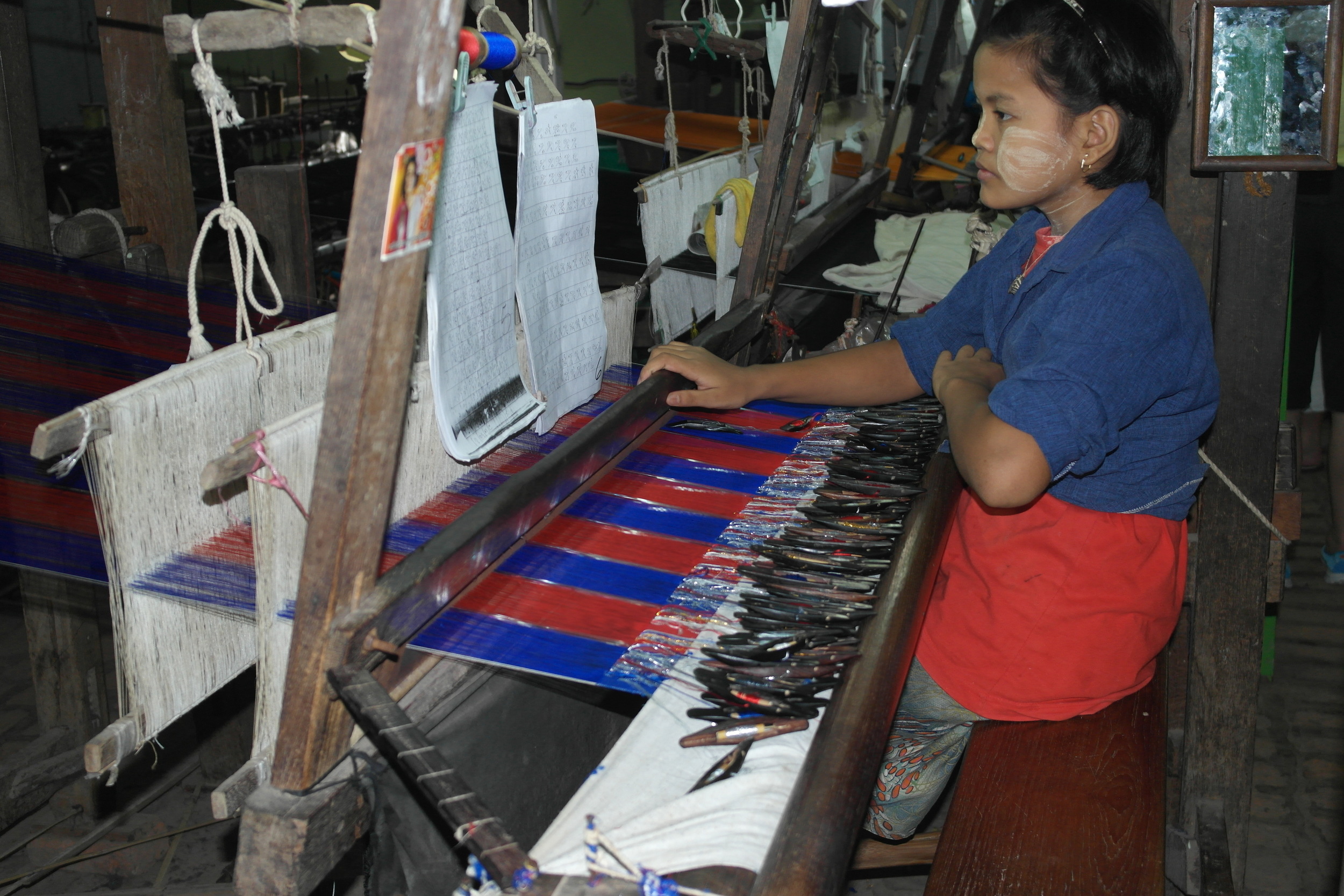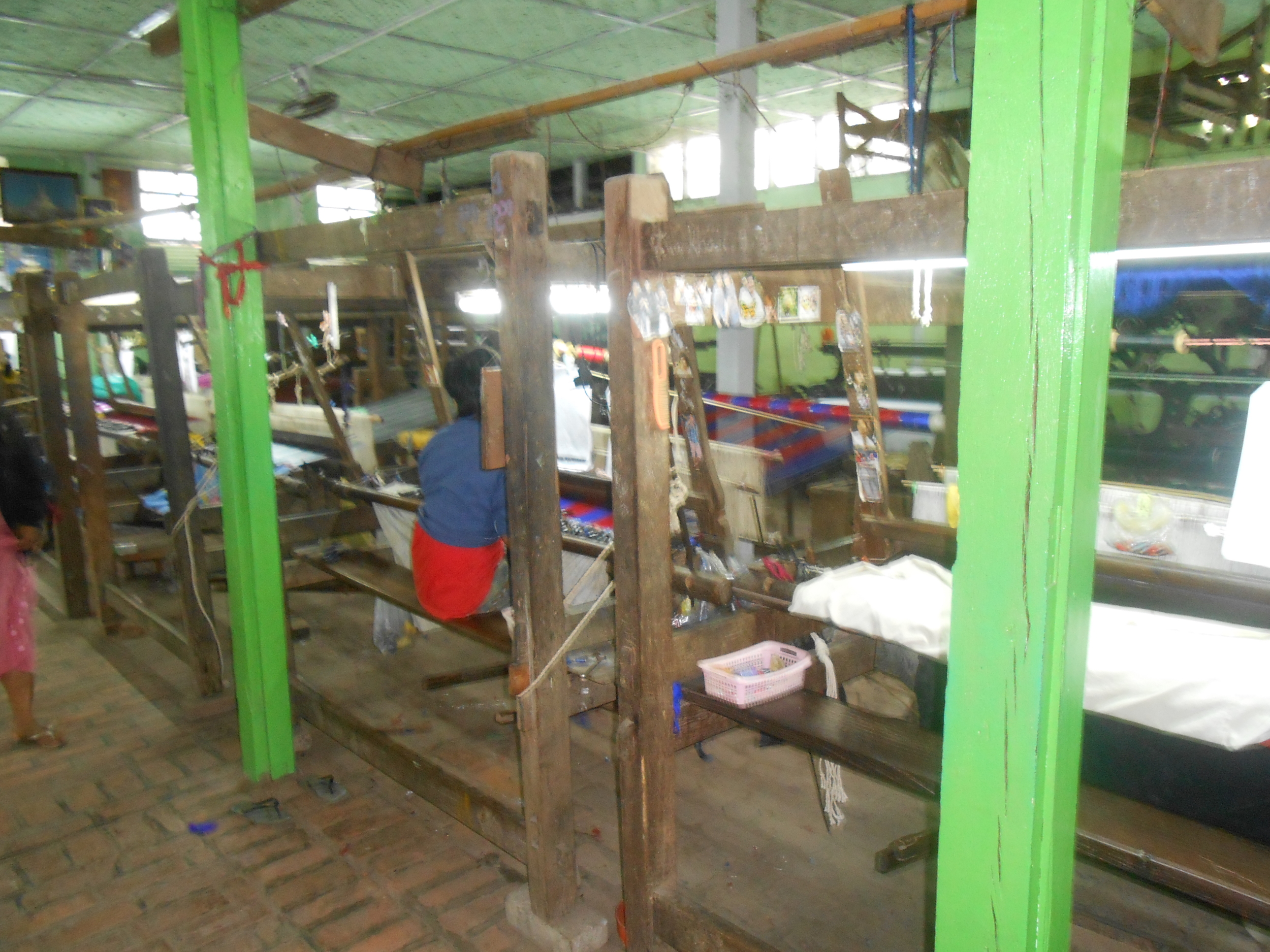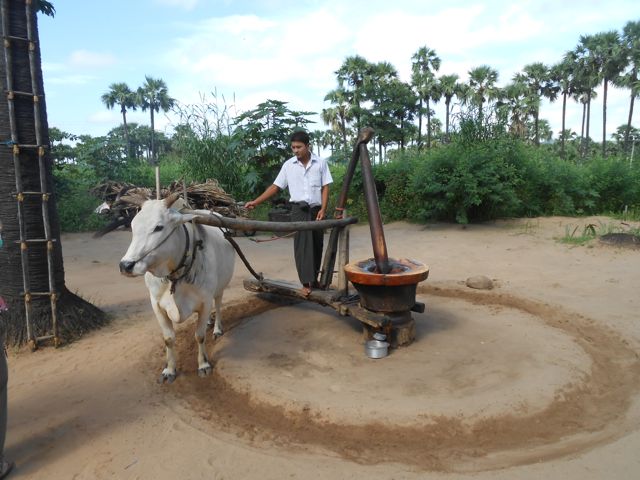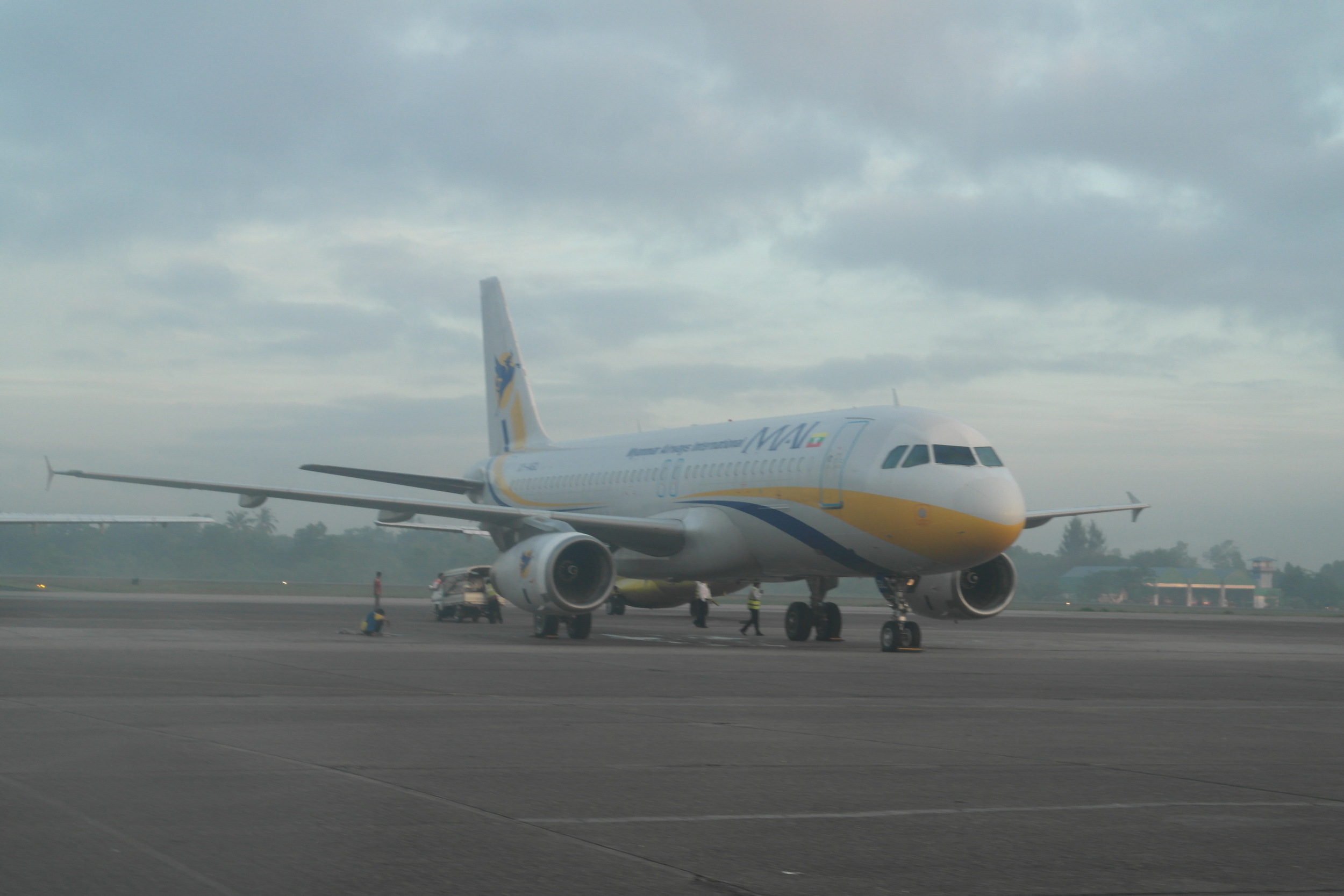 After a night on the town with Frankie’s former school mates it meant another early start with minimal sleep. This time a domestic flight on Myanmar’s newest airline AirKBZ, owned by KBZ bank. The new airline also has new aircraft – the new ATR 72 600. Perfect for short haul flights in comfort. With a clever stroke of marketing genius the logo for AirKBZ is the Burmese mythical couple Kainnayi and Kainnyar. Who according to legend area flying couple who were so I love, when they were separated while flying though a thunder storm for 1 hour to the lovers it felt like years.
After a night on the town with Frankie’s former school mates it meant another early start with minimal sleep. This time a domestic flight on Myanmar’s newest airline AirKBZ, owned by KBZ bank. The new airline also has new aircraft – the new ATR 72 600. Perfect for short haul flights in comfort. With a clever stroke of marketing genius the logo for AirKBZ is the Burmese mythical couple Kainnayi and Kainnyar. Who according to legend area flying couple who were so I love, when they were separated while flying though a thunder storm for 1 hour to the lovers it felt like years.

Arriving in Bagan starts the preplanned part of our trip that Frankie arranged with a local tour agency here. He provided the locations and the dates. They did the rest. We were booked into the Bagan Thande river side hotel, constructed for the British royal visit in 1922 by the Prince of Wales.

Our room had full river frontage to the Irrawaddy river. We often sat watching the river ‘push’ boats moving up and down the river with their loads of teak and other cargo.

First thing I must point out that Bagan has more pagodas than I have numbers. They are every few metres in some cases. The first we visited was built in the 11th century. Hosting four large images of standing Buddha. Two, the north and south are original 11th century magnolia wood. These two are built in the Indian style of Buddha’s image – meaning, they are smiling and their earlobes do not touch their shoulder. The east and west images were either damaged and or stolen along with their many jewels by the Mongol hordes that invaded Bagan at this time.
Original 11th Century Original North and South Magnolia Wood Buddha’s image

East or West Replacement Buddha’s image following the burning and looting by the Monguls




